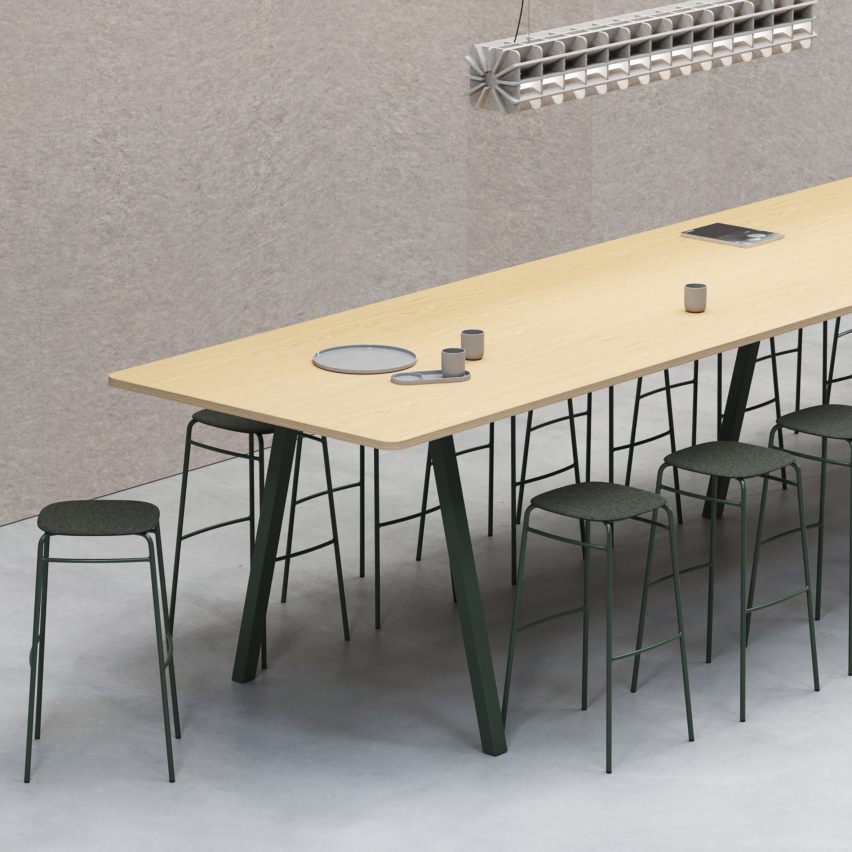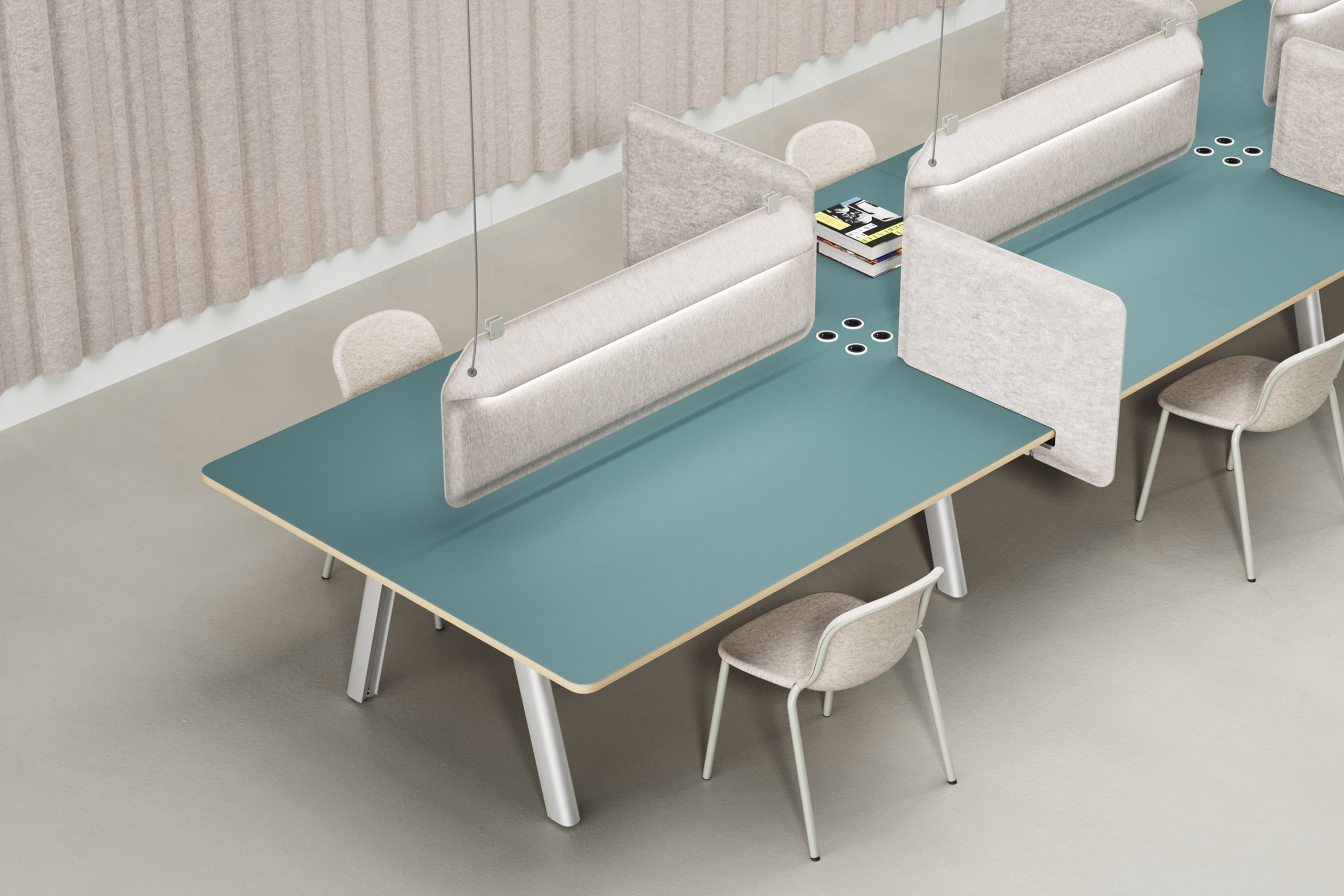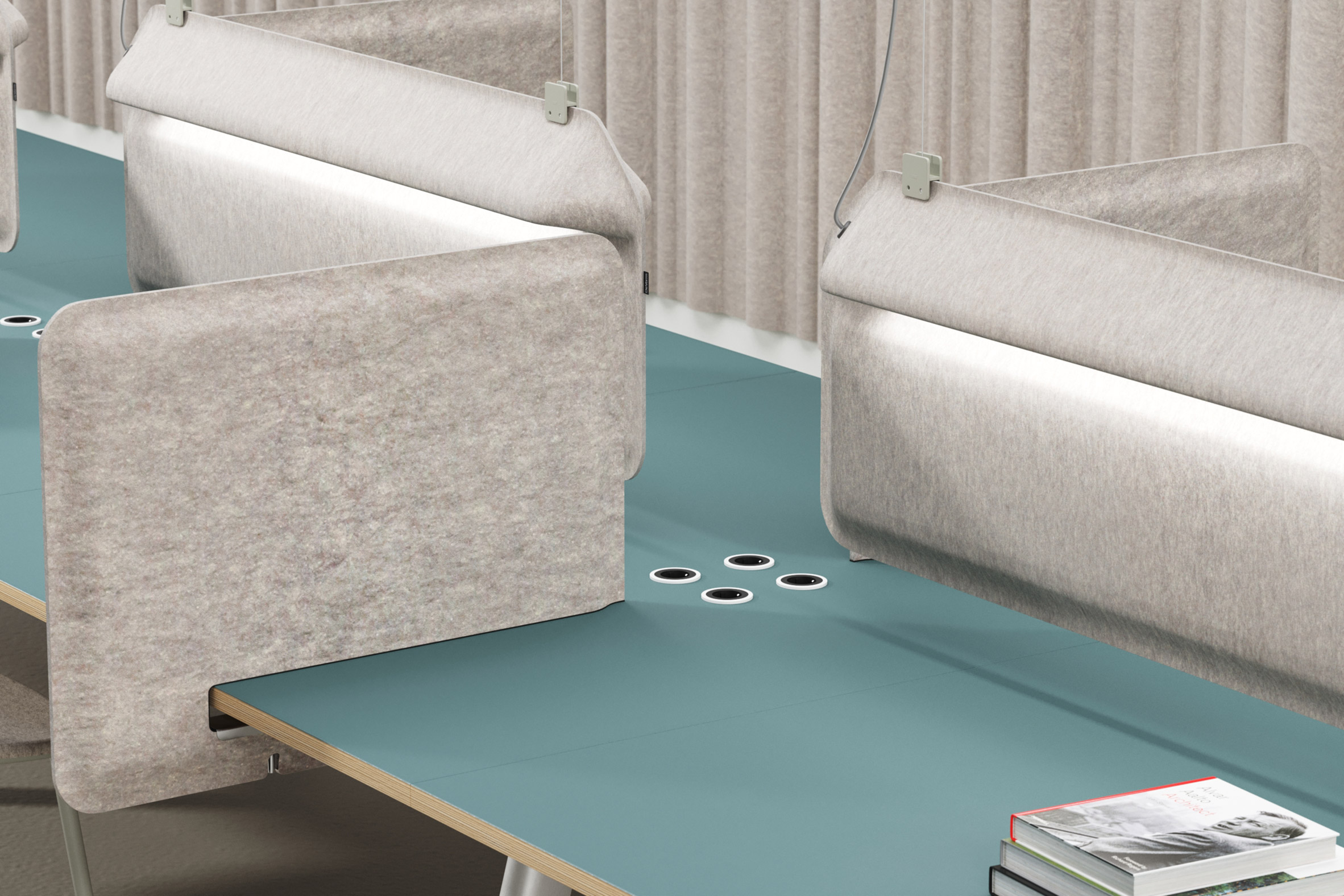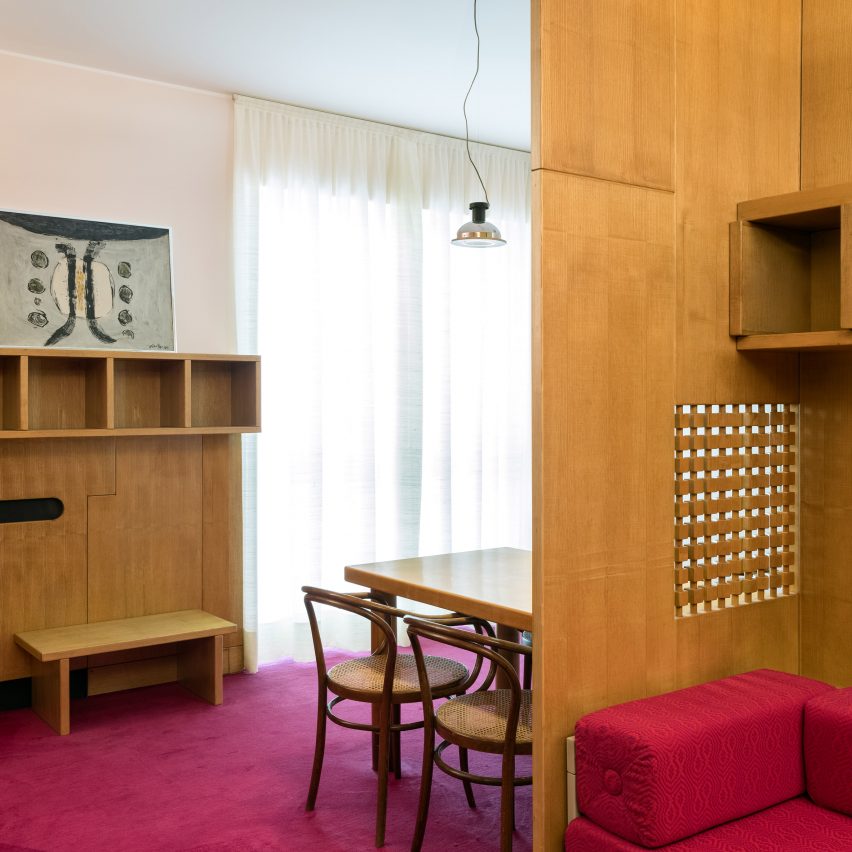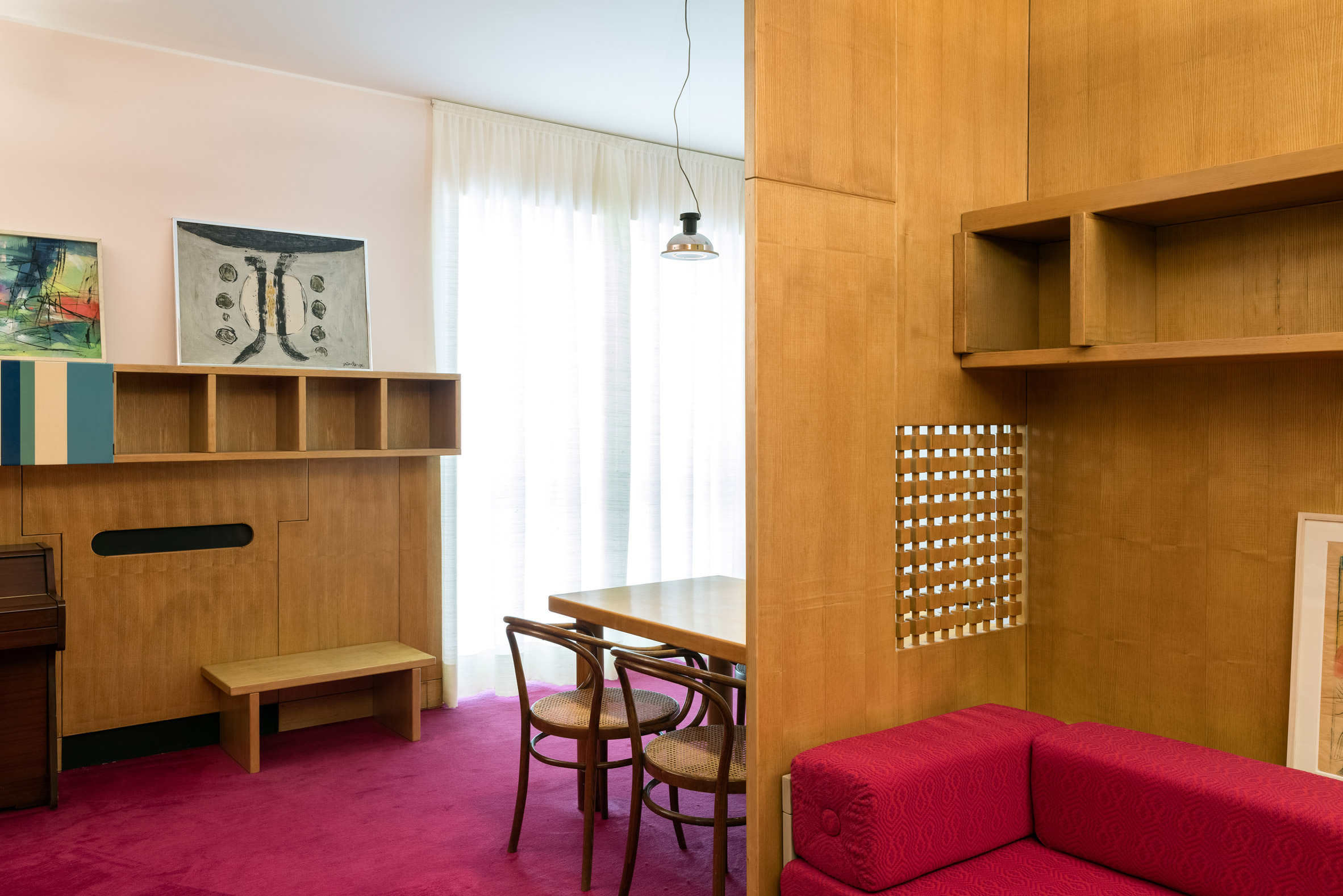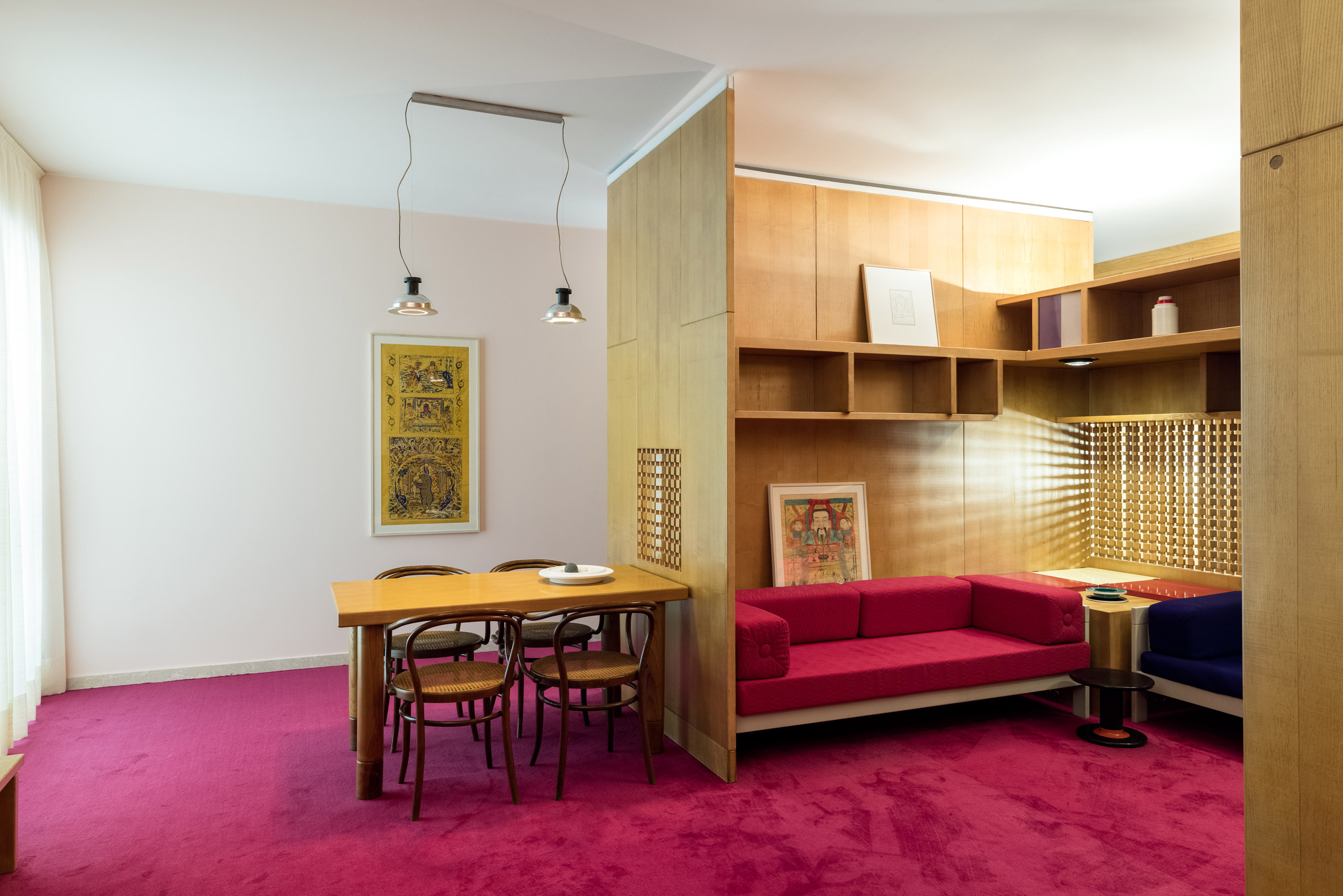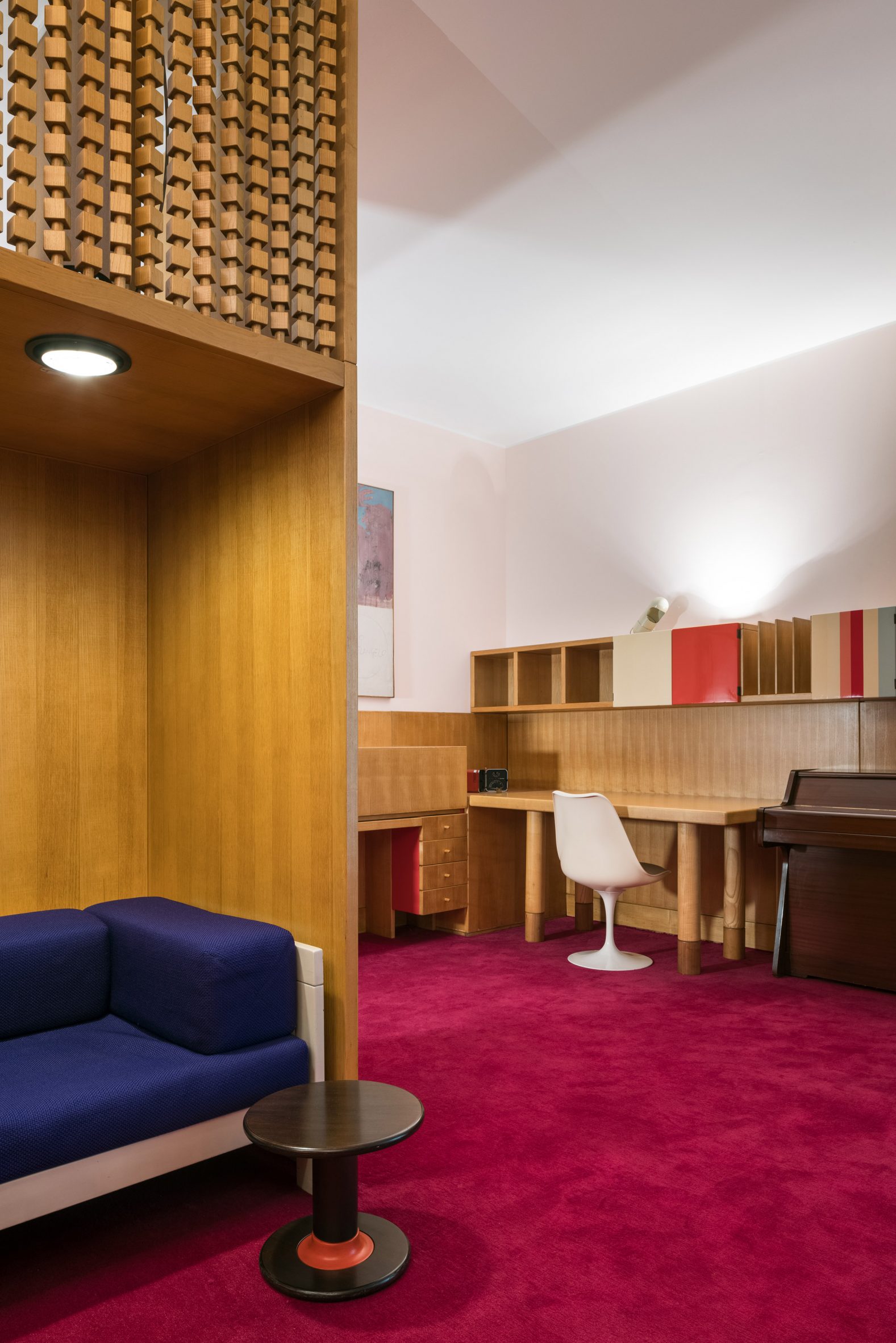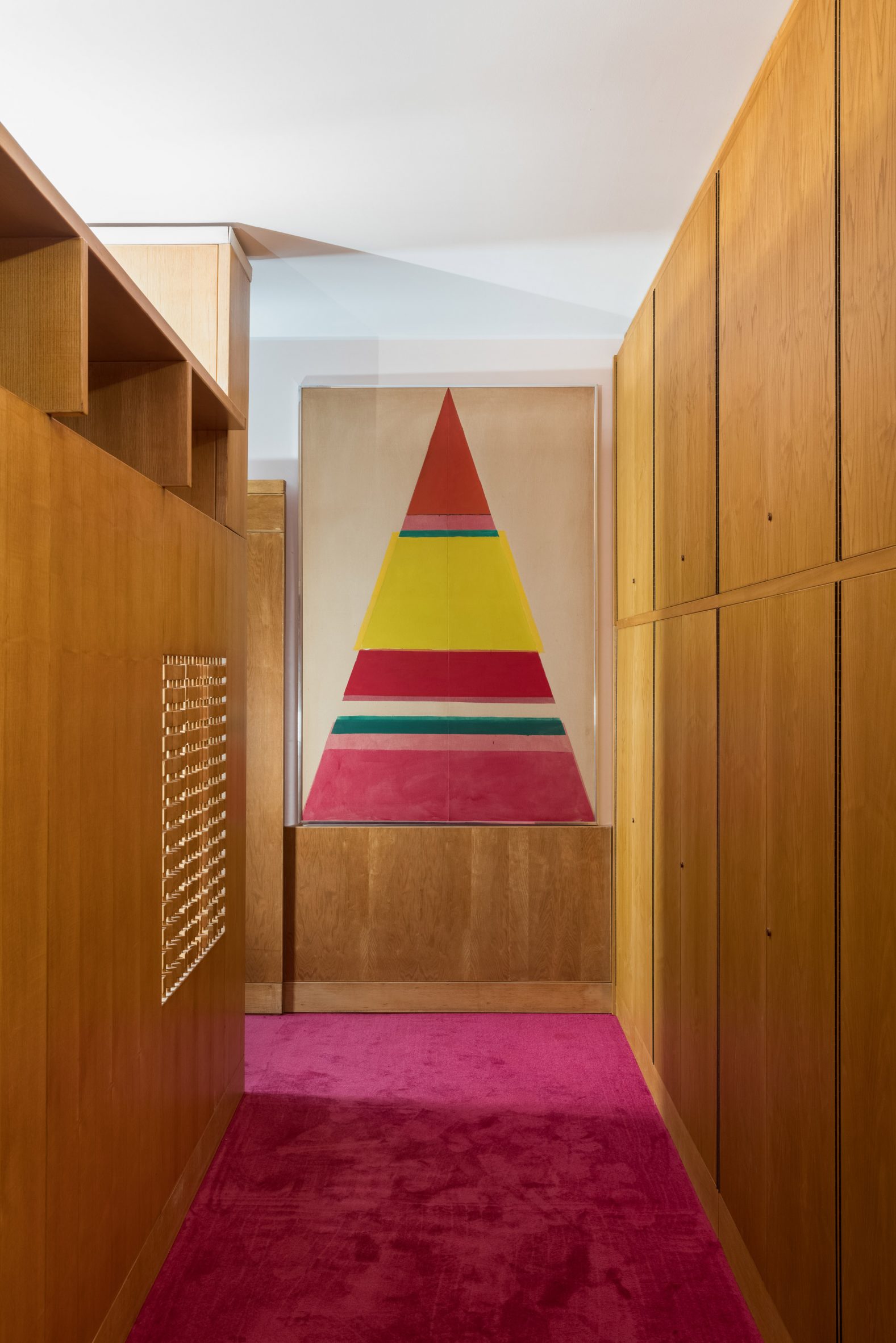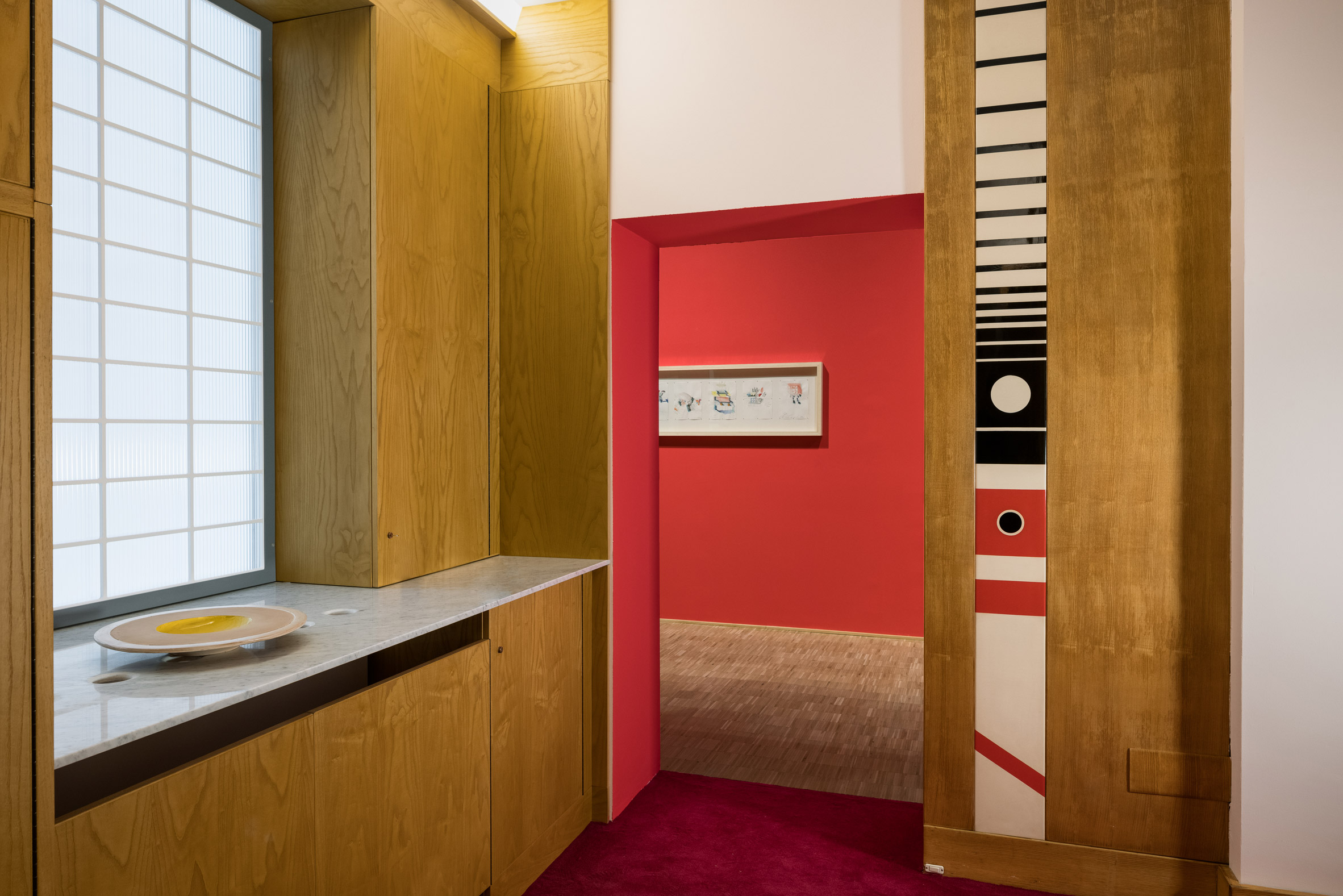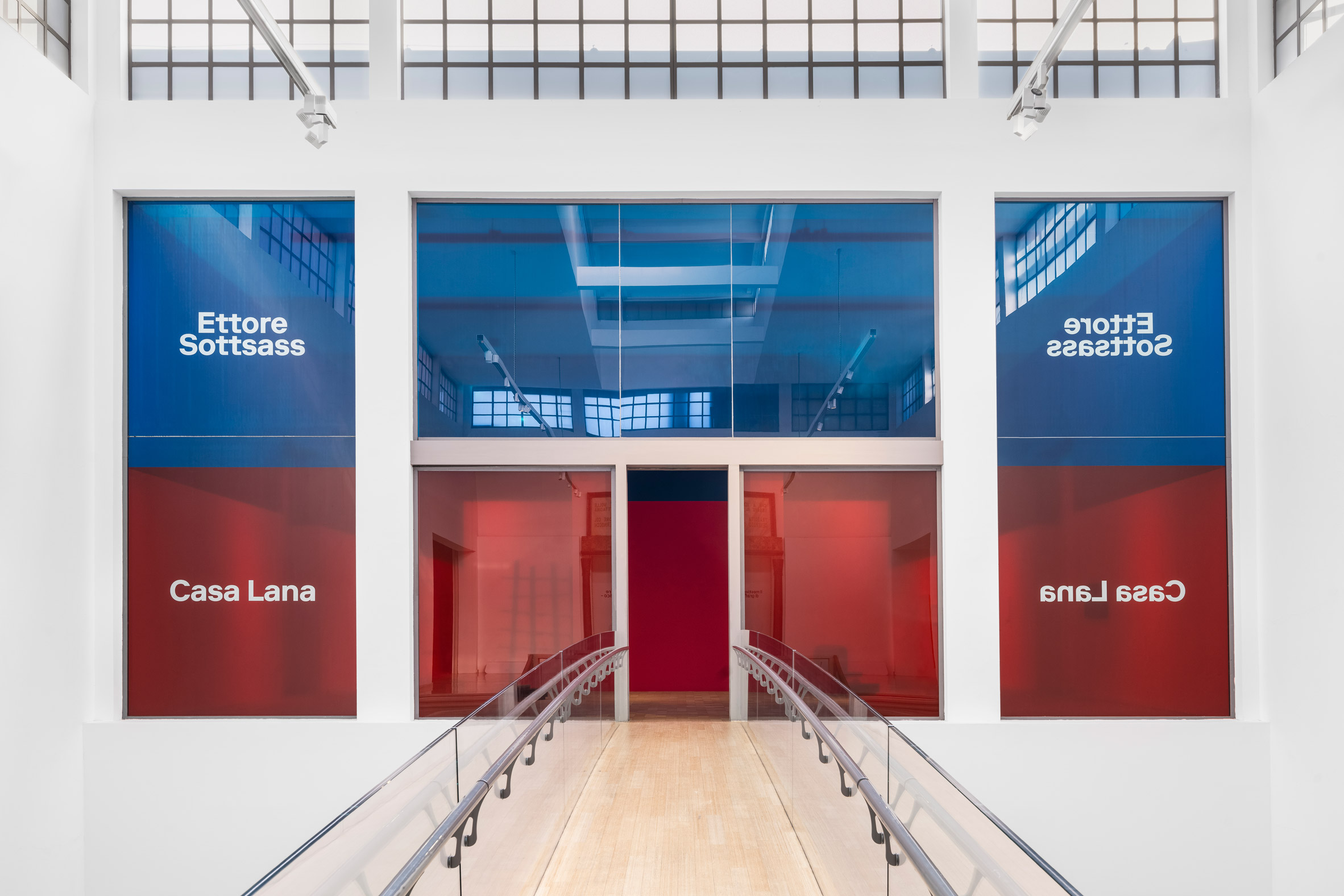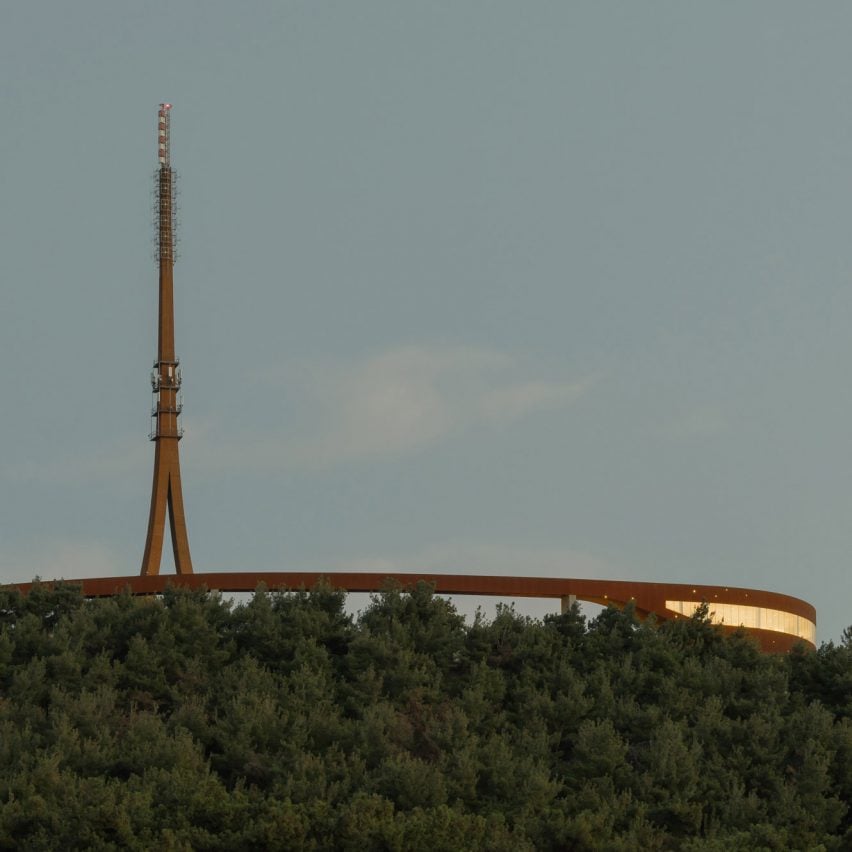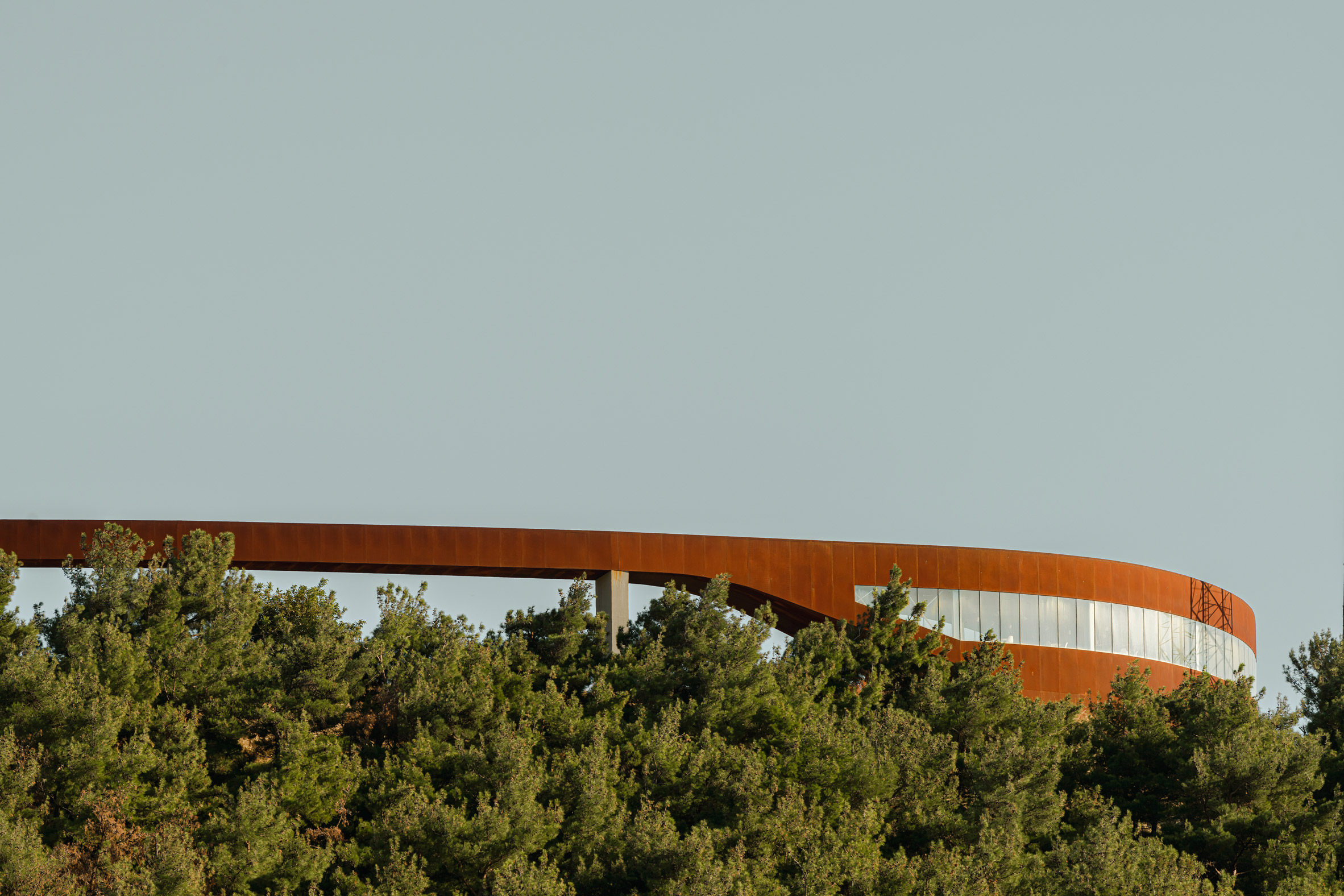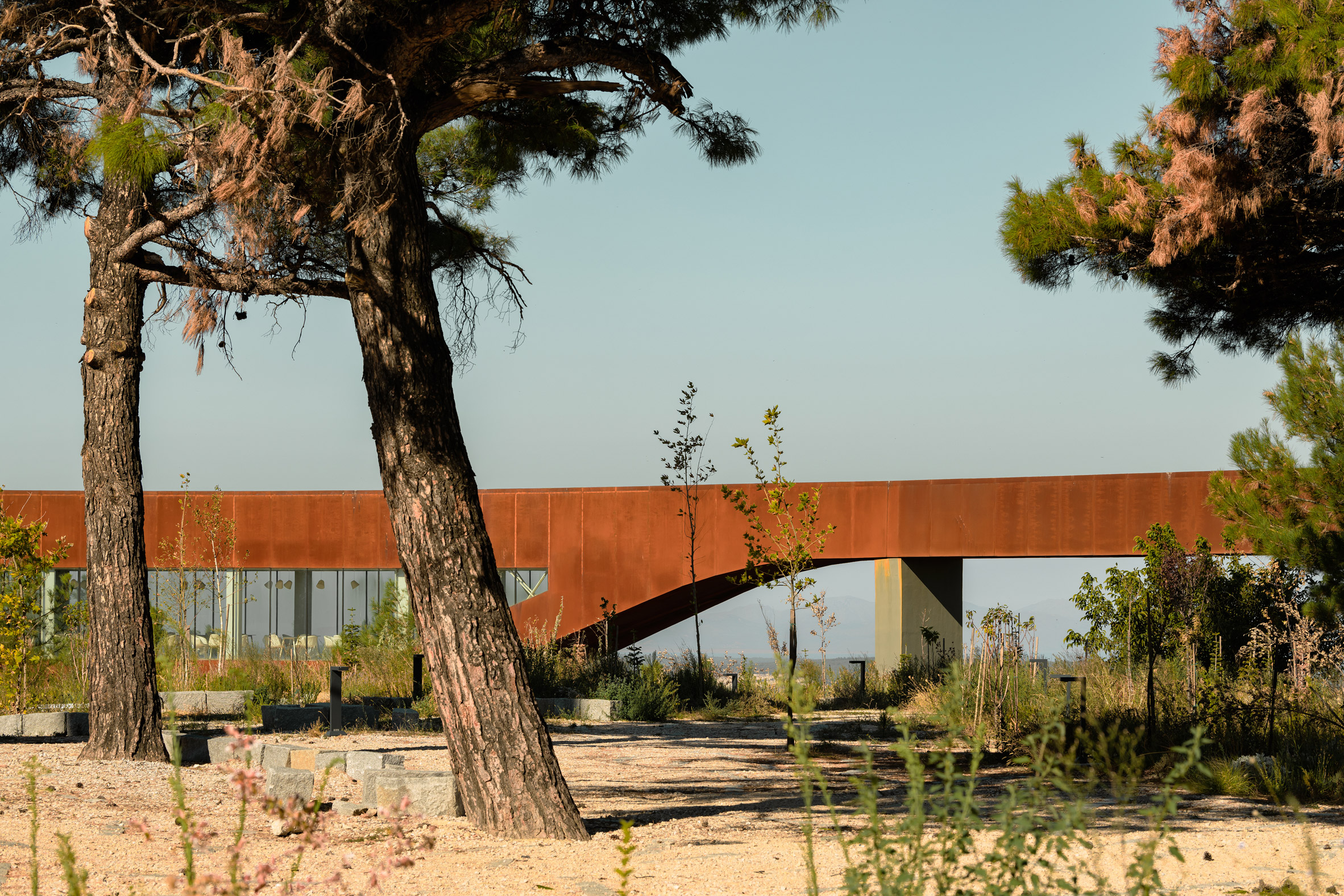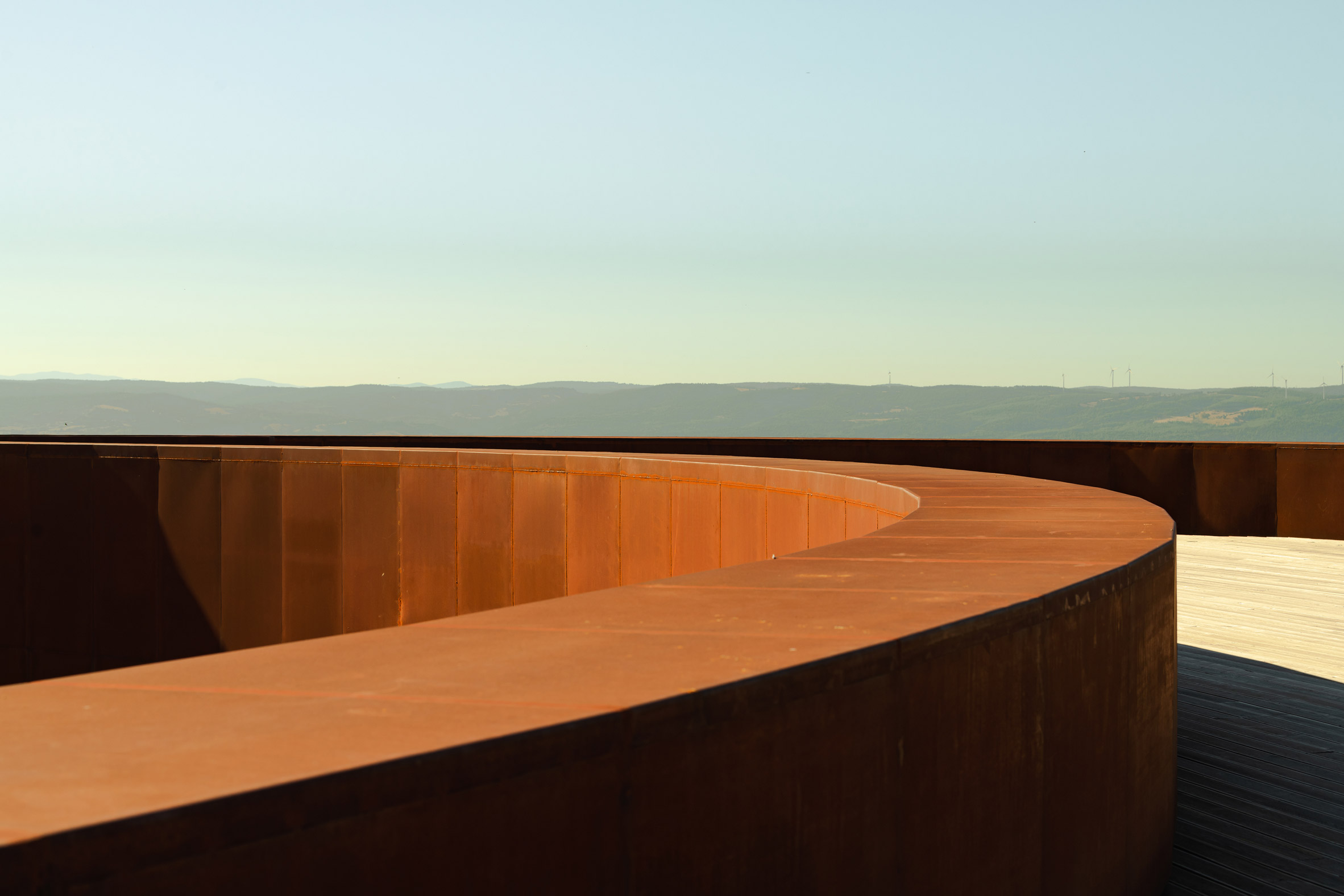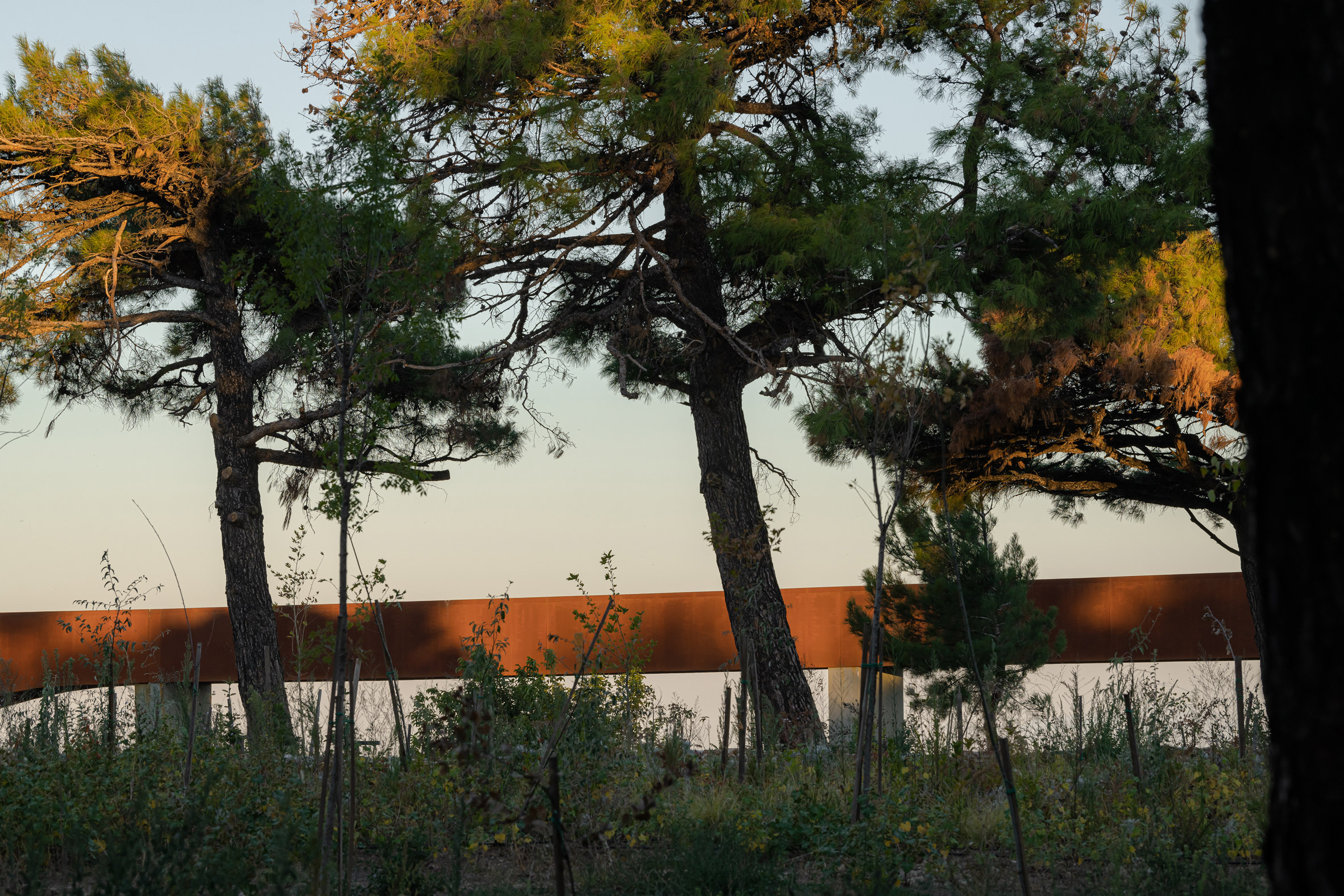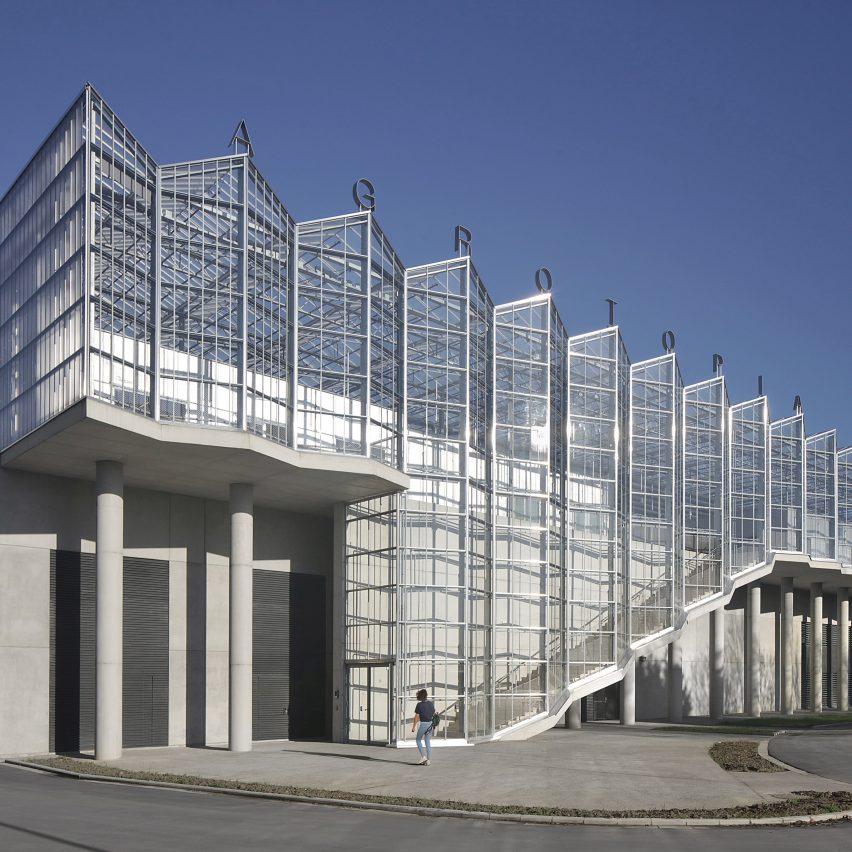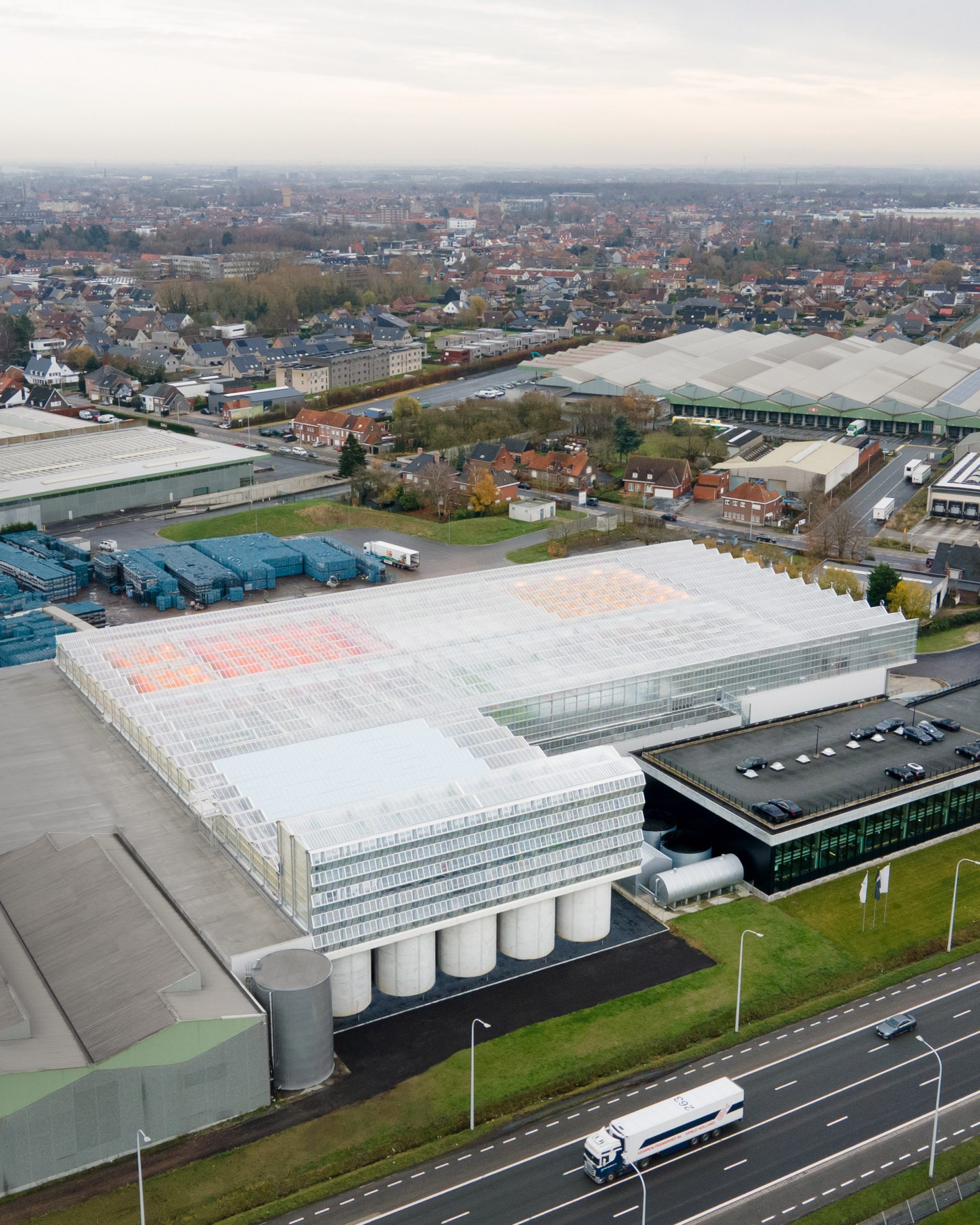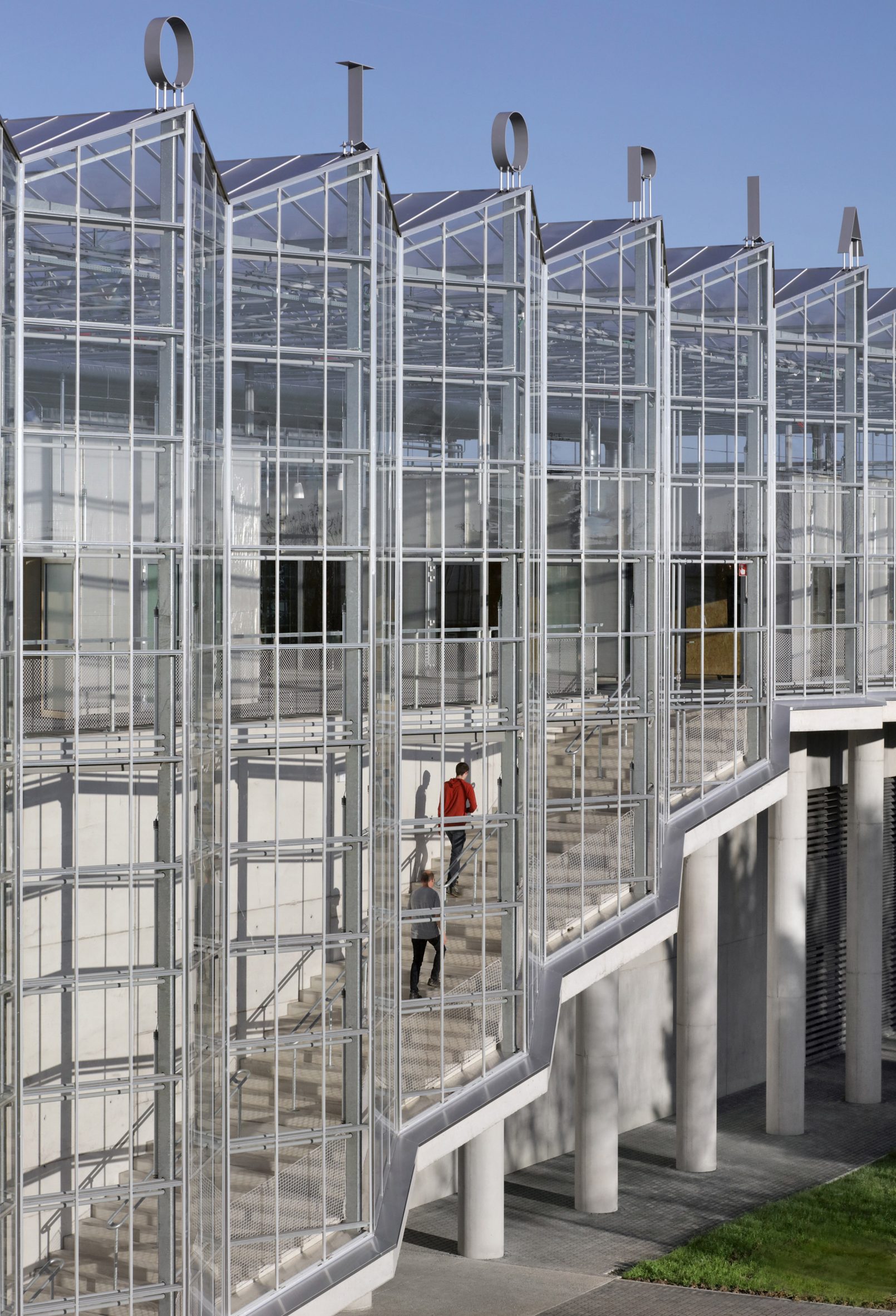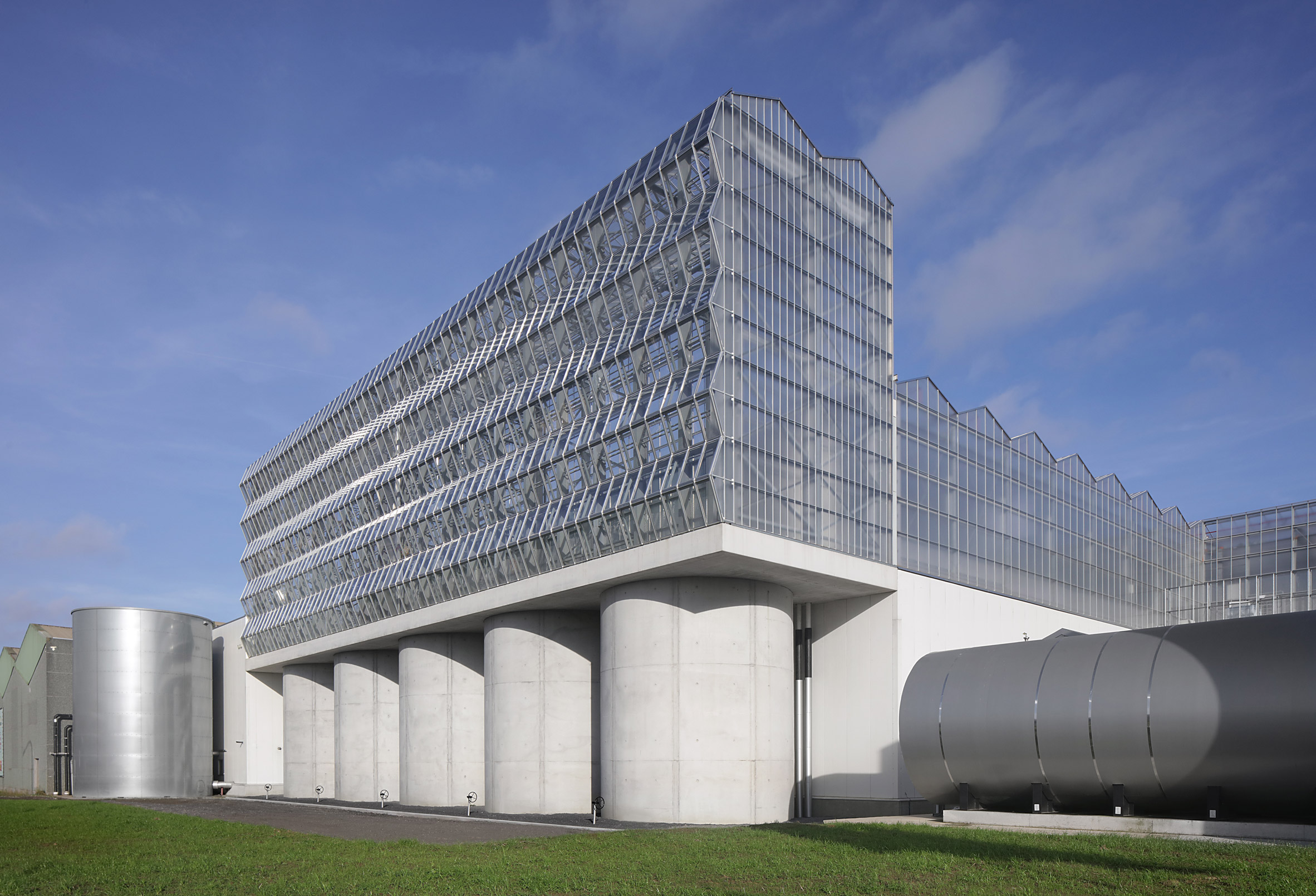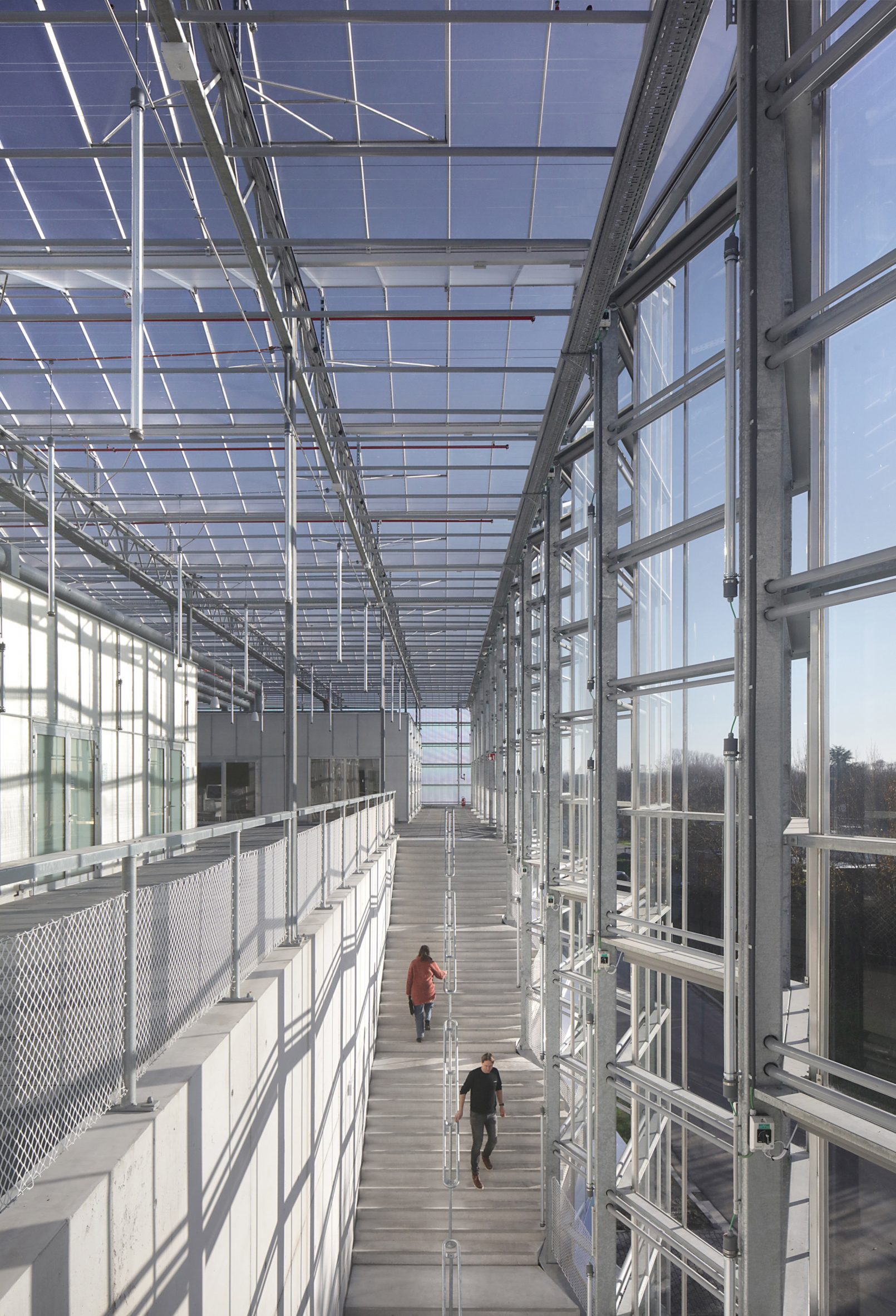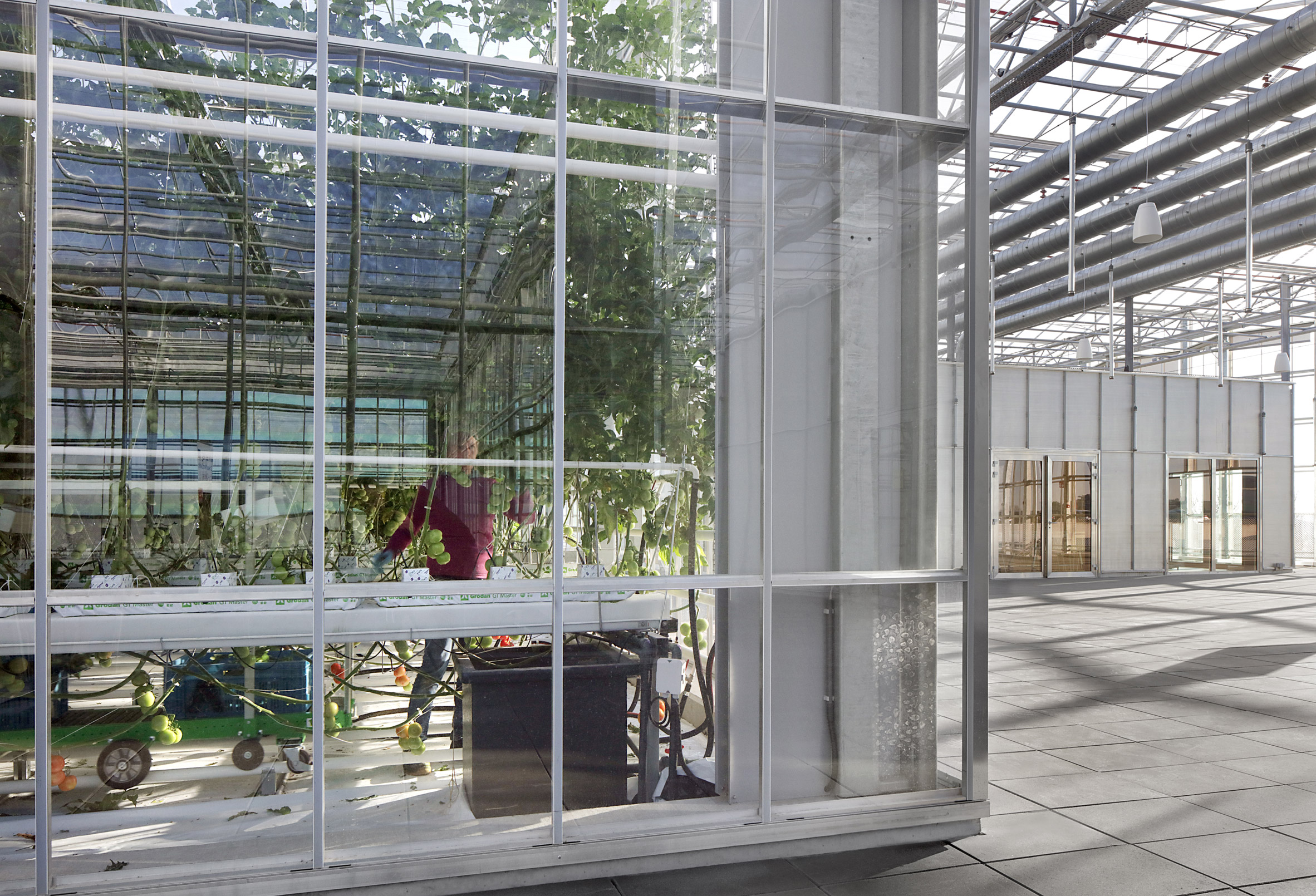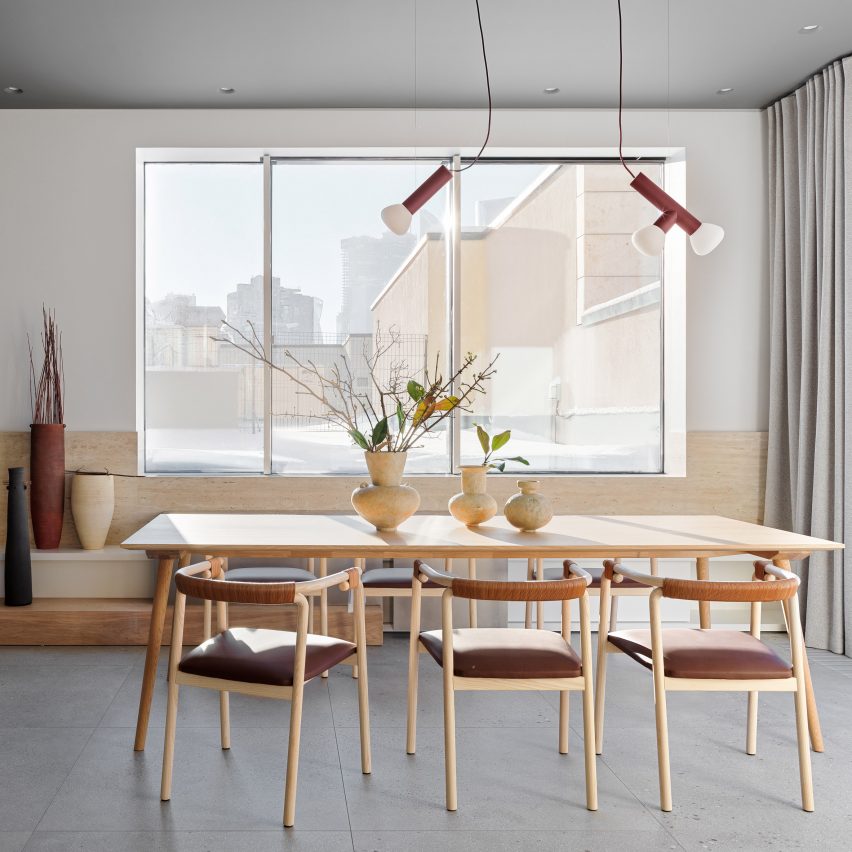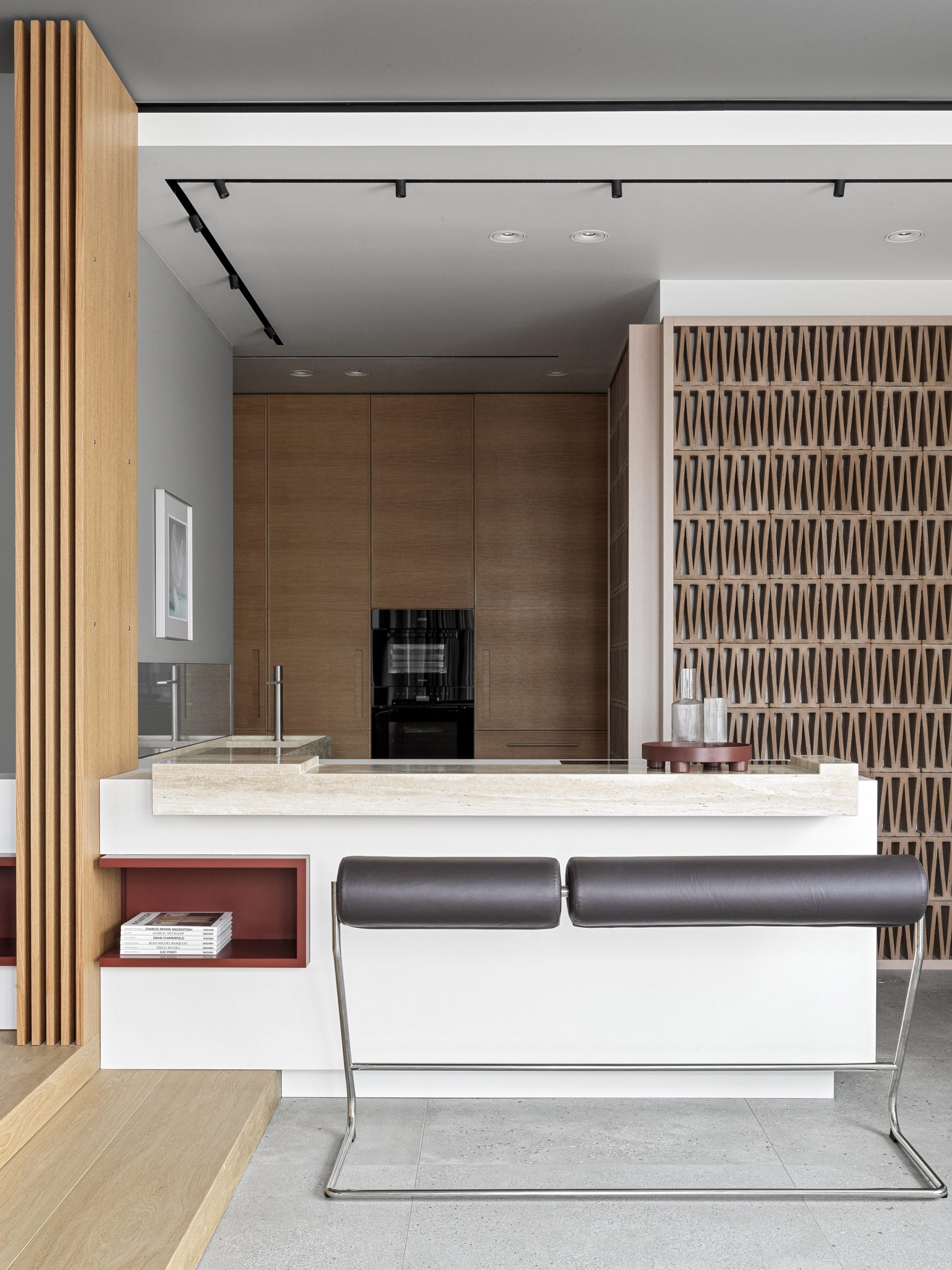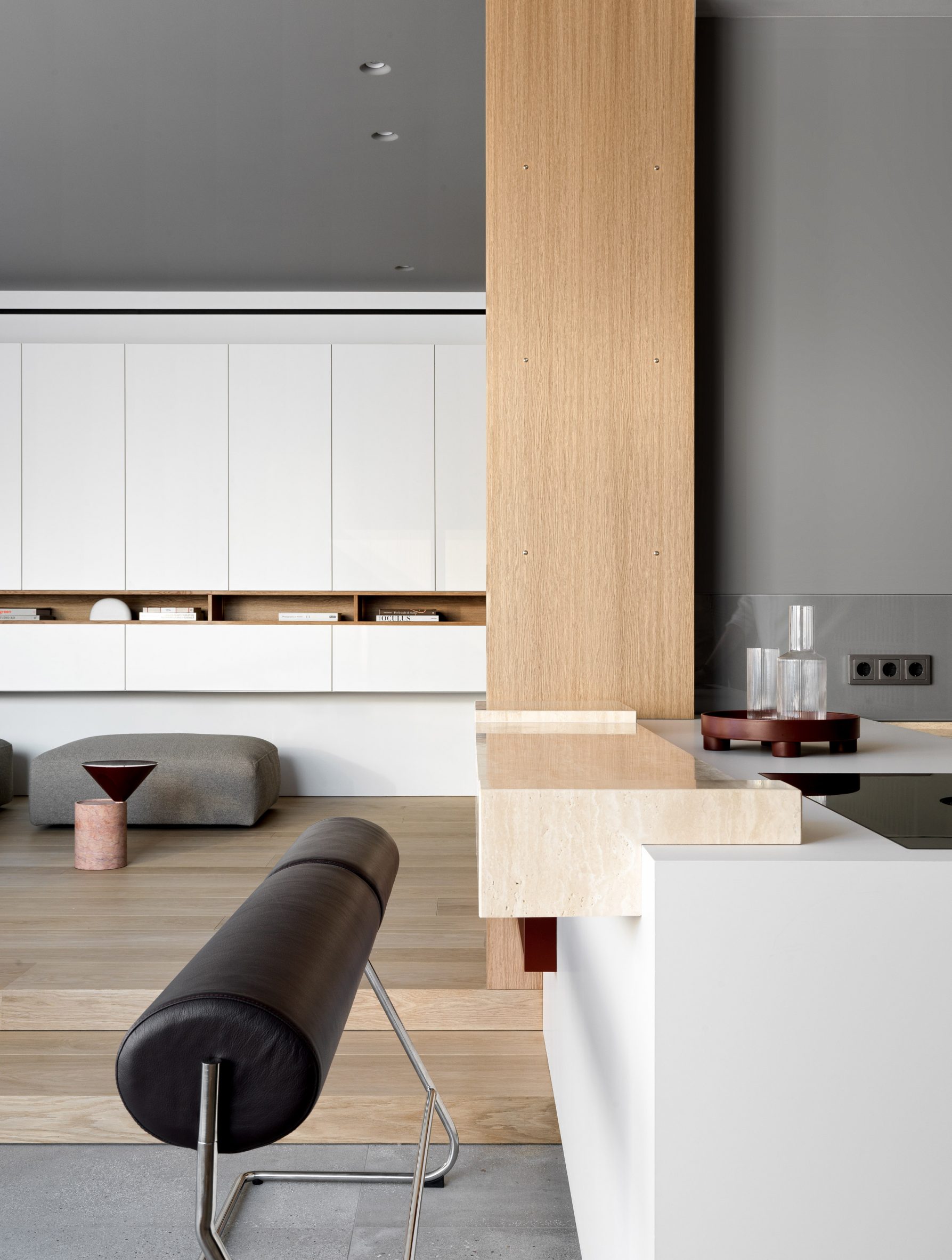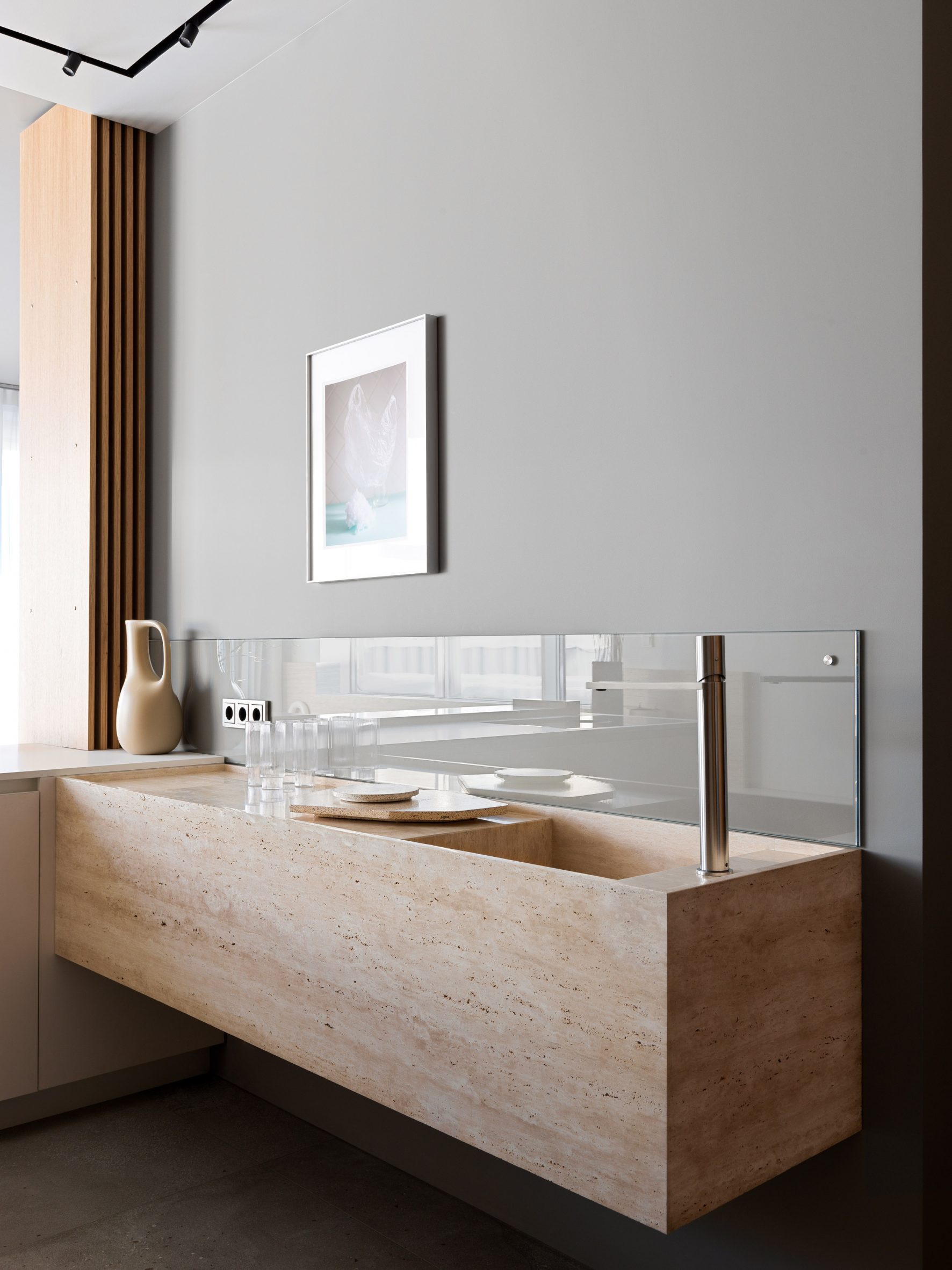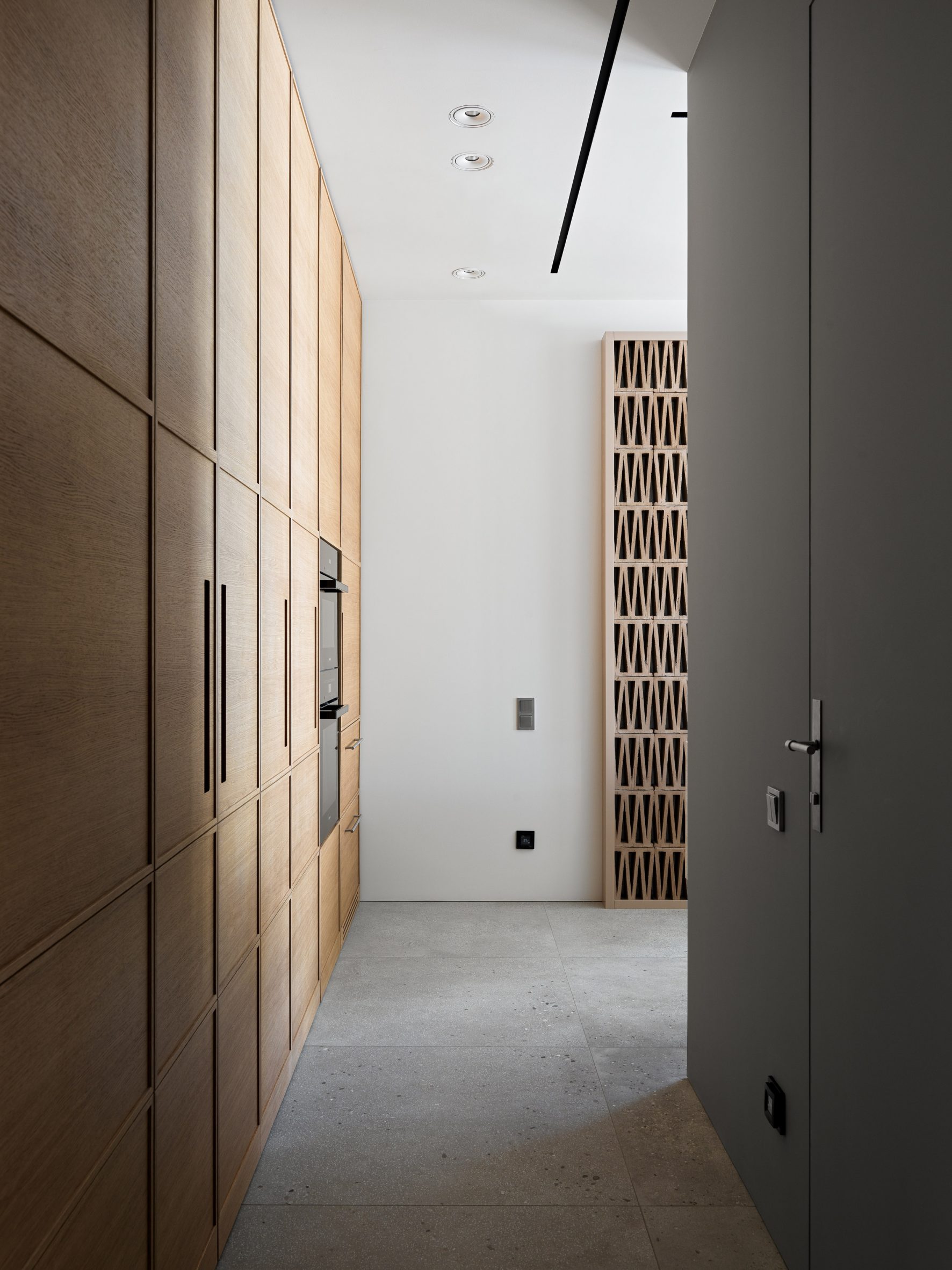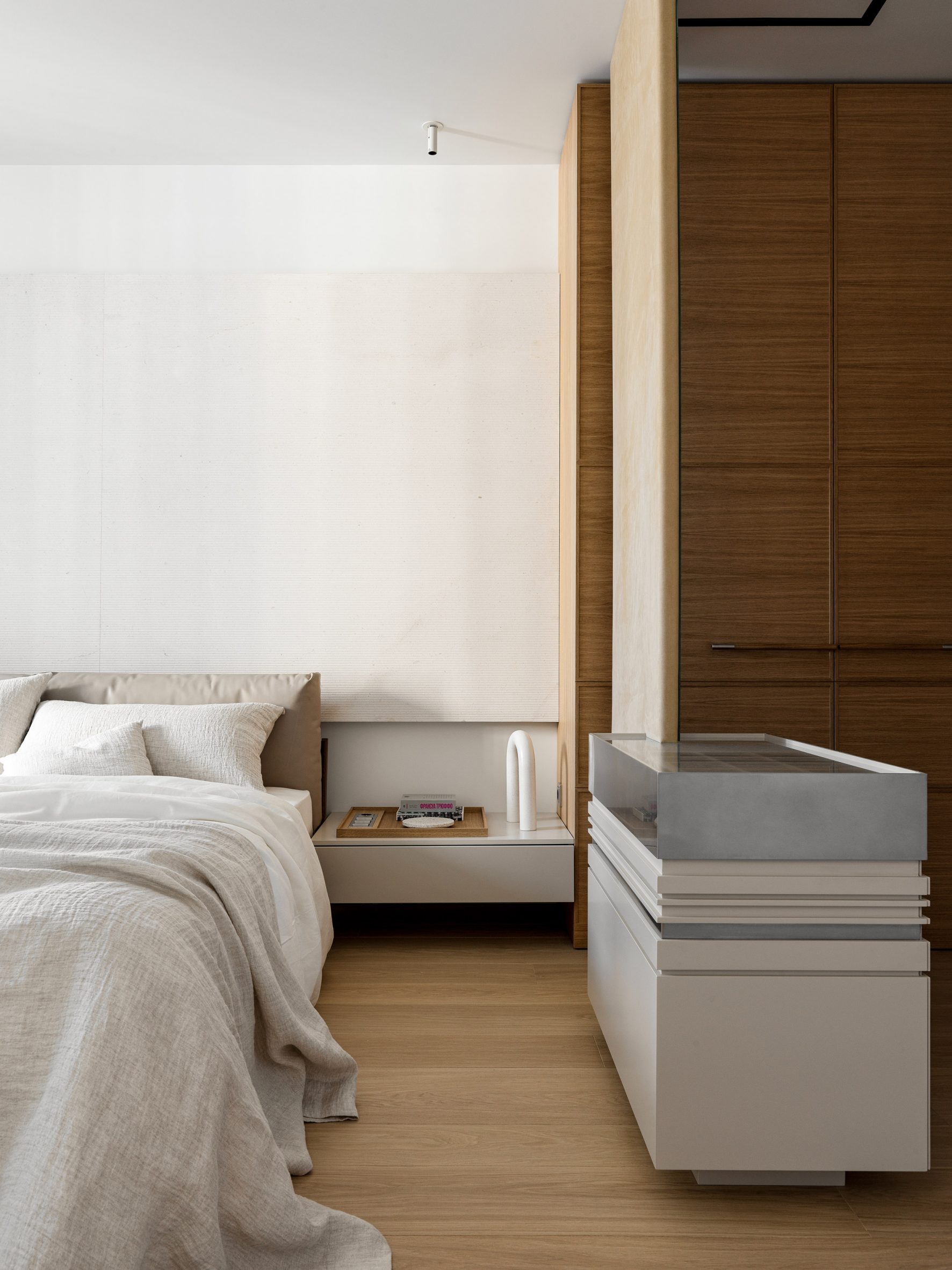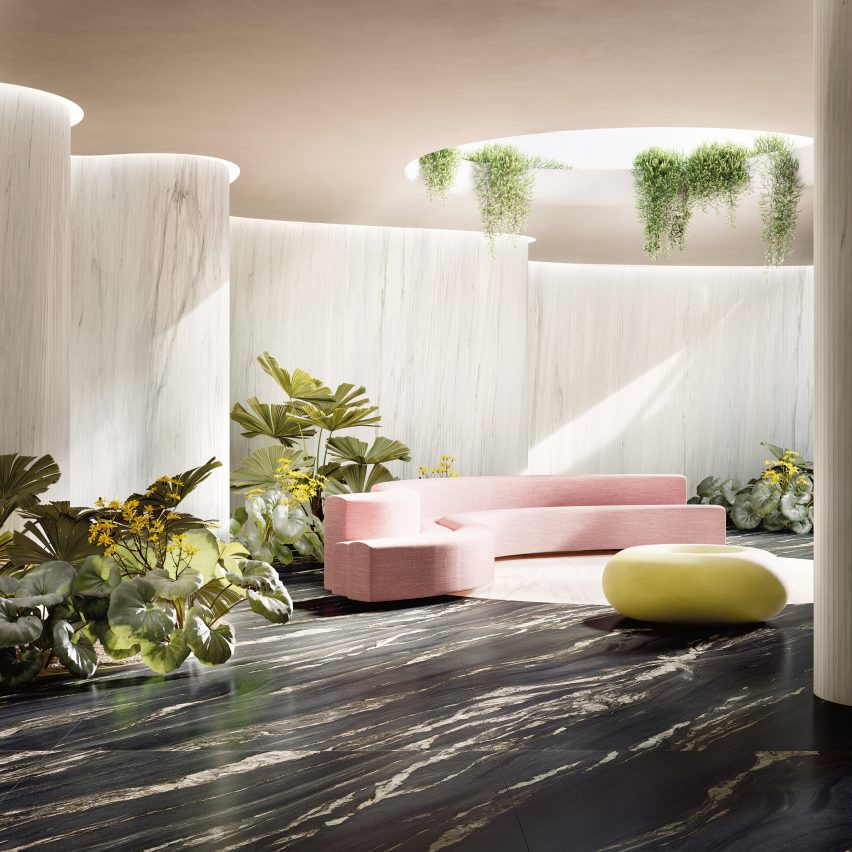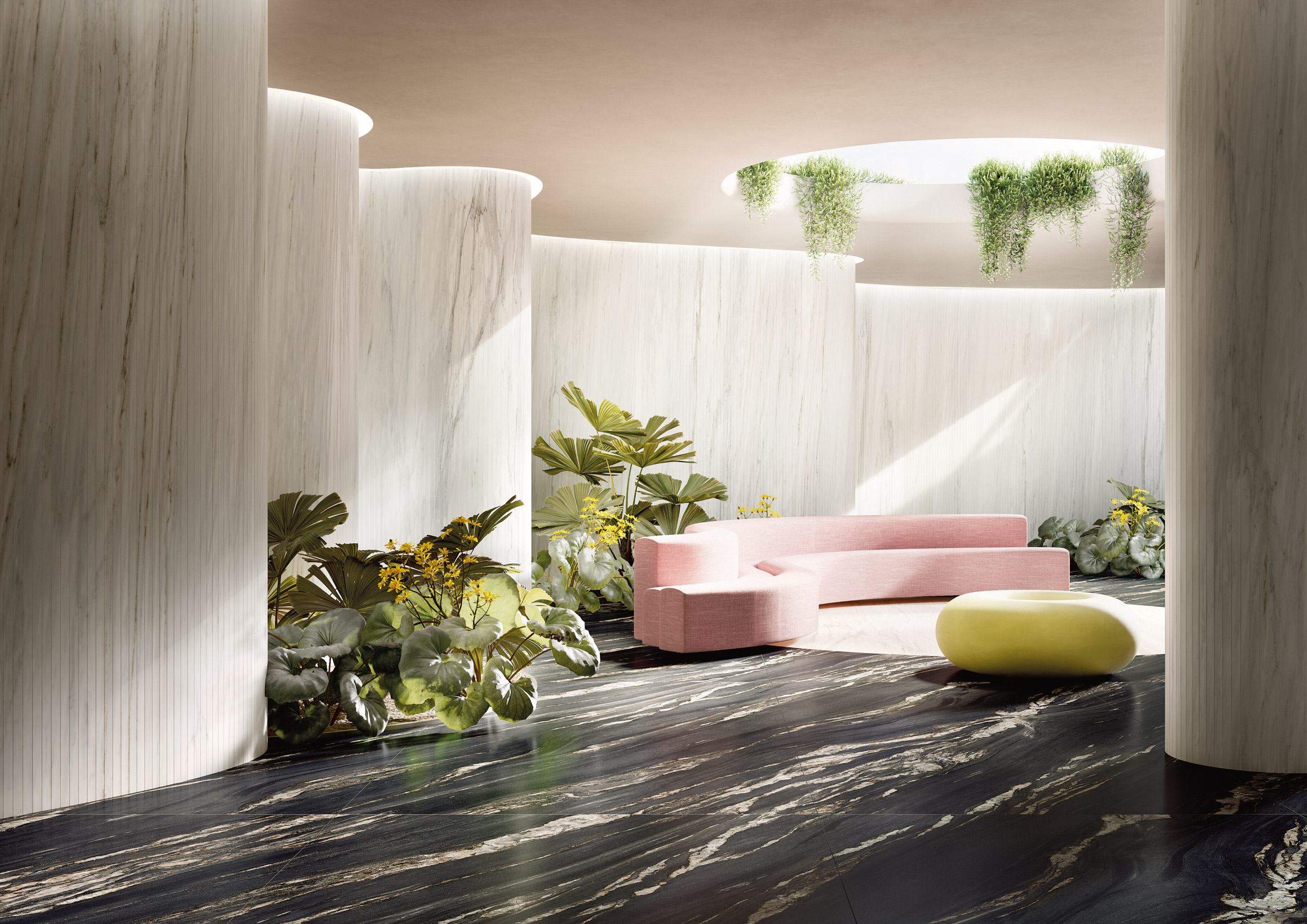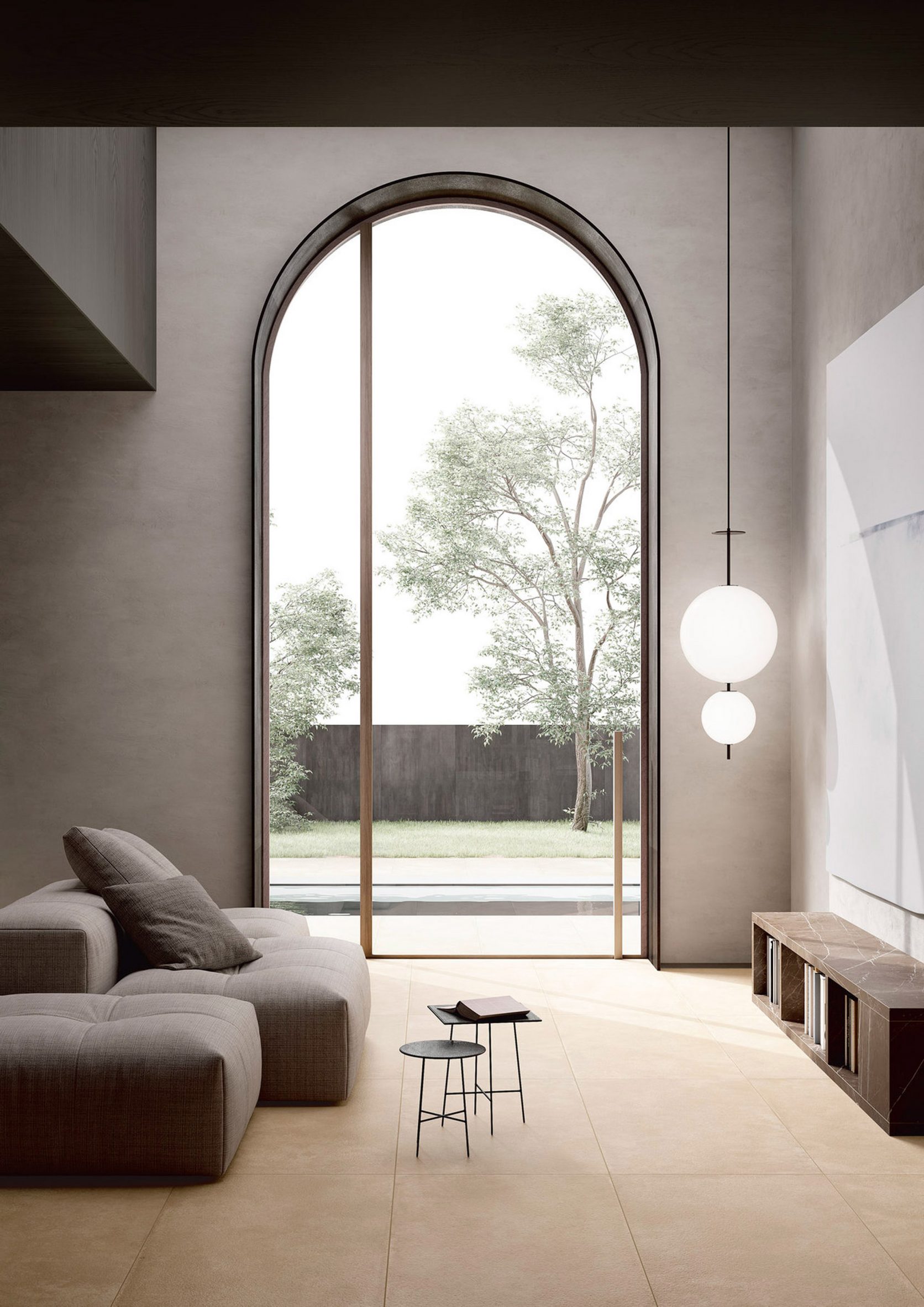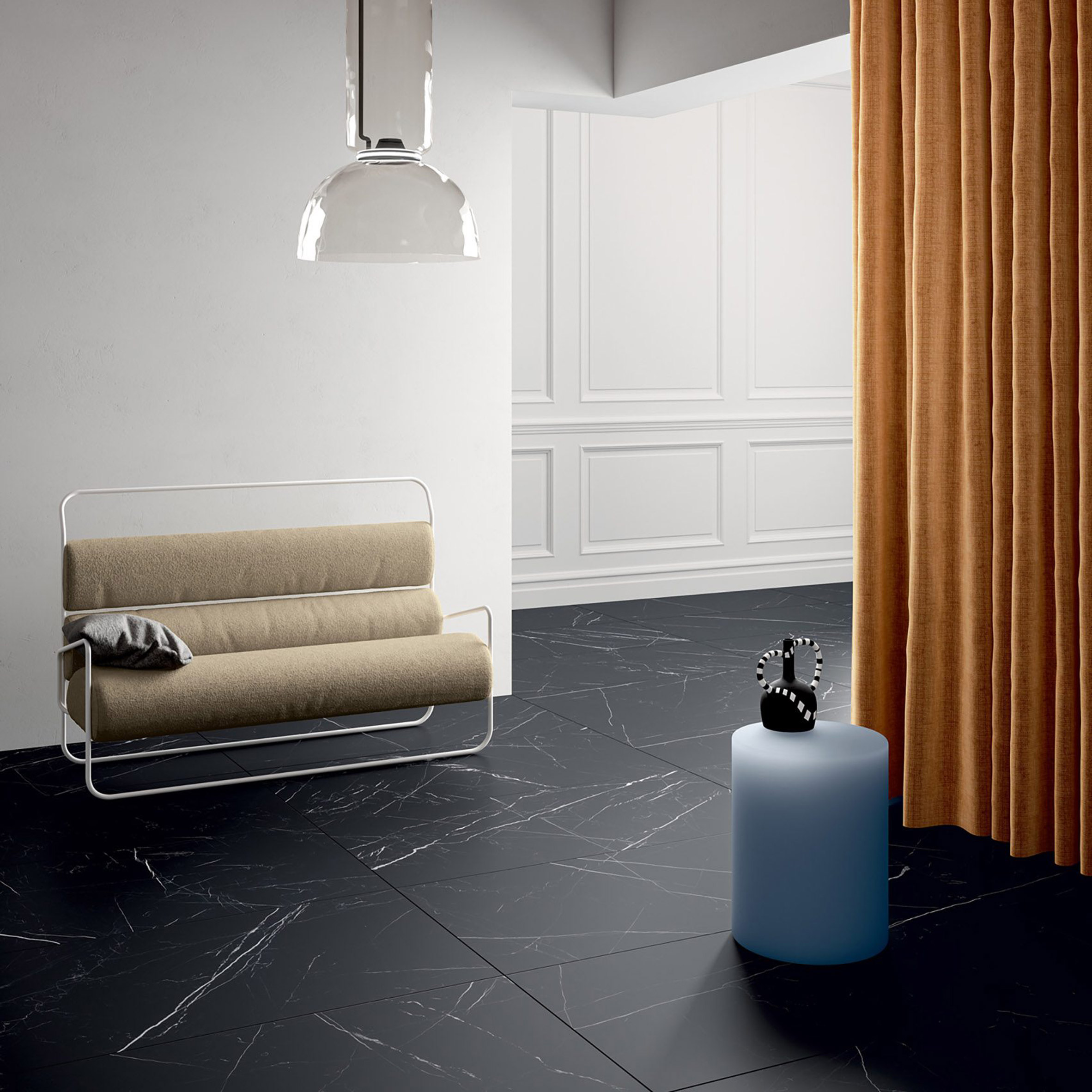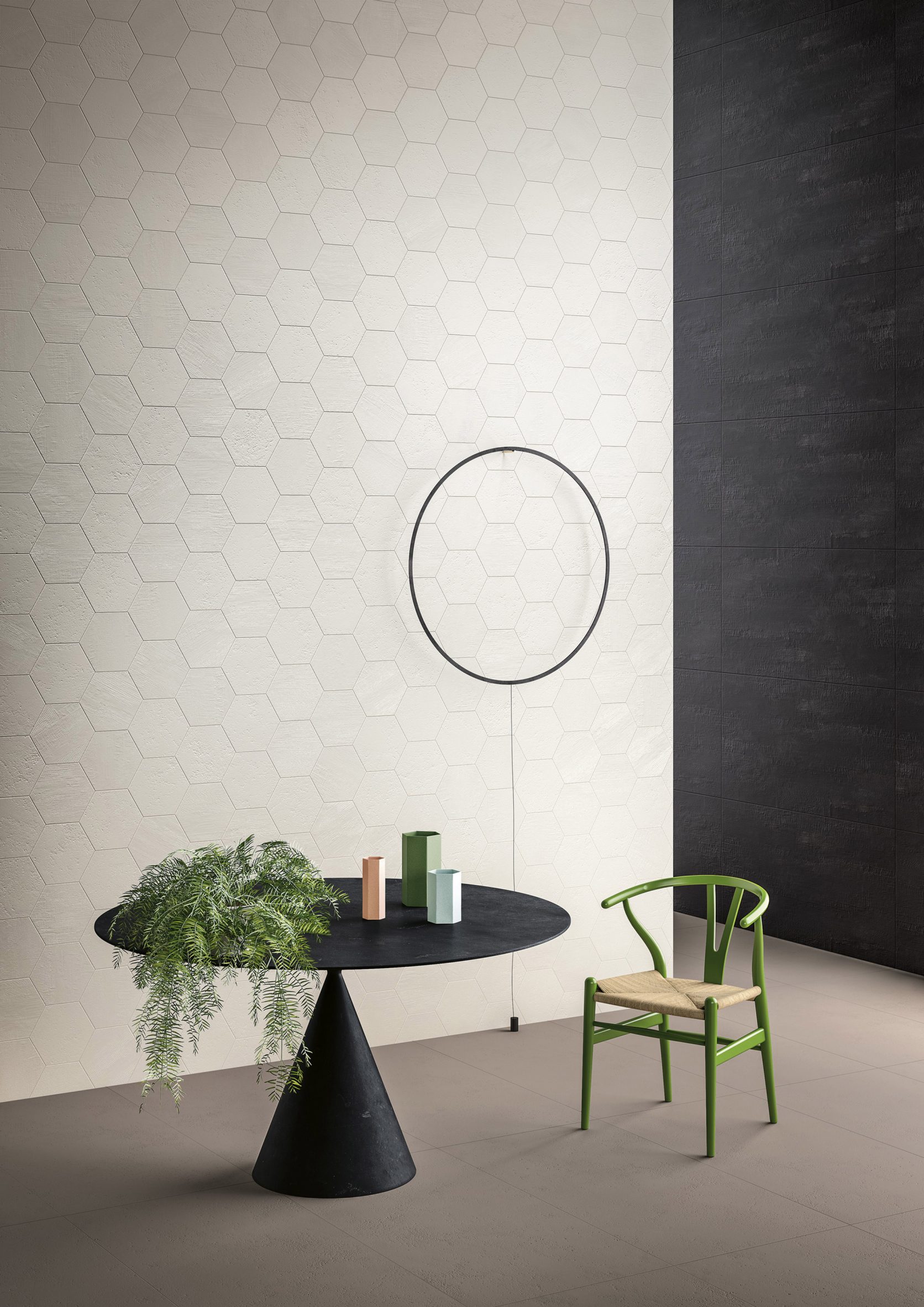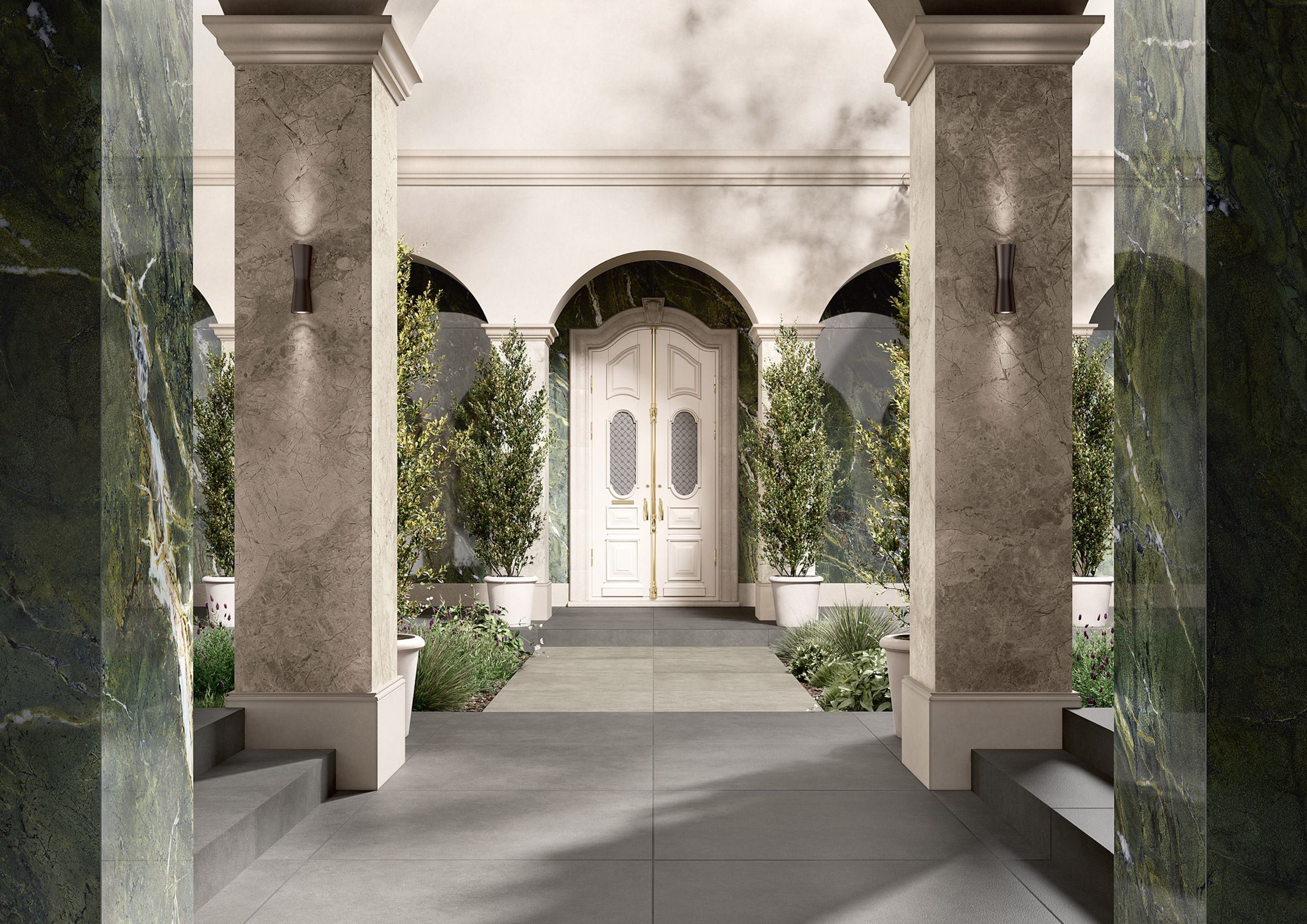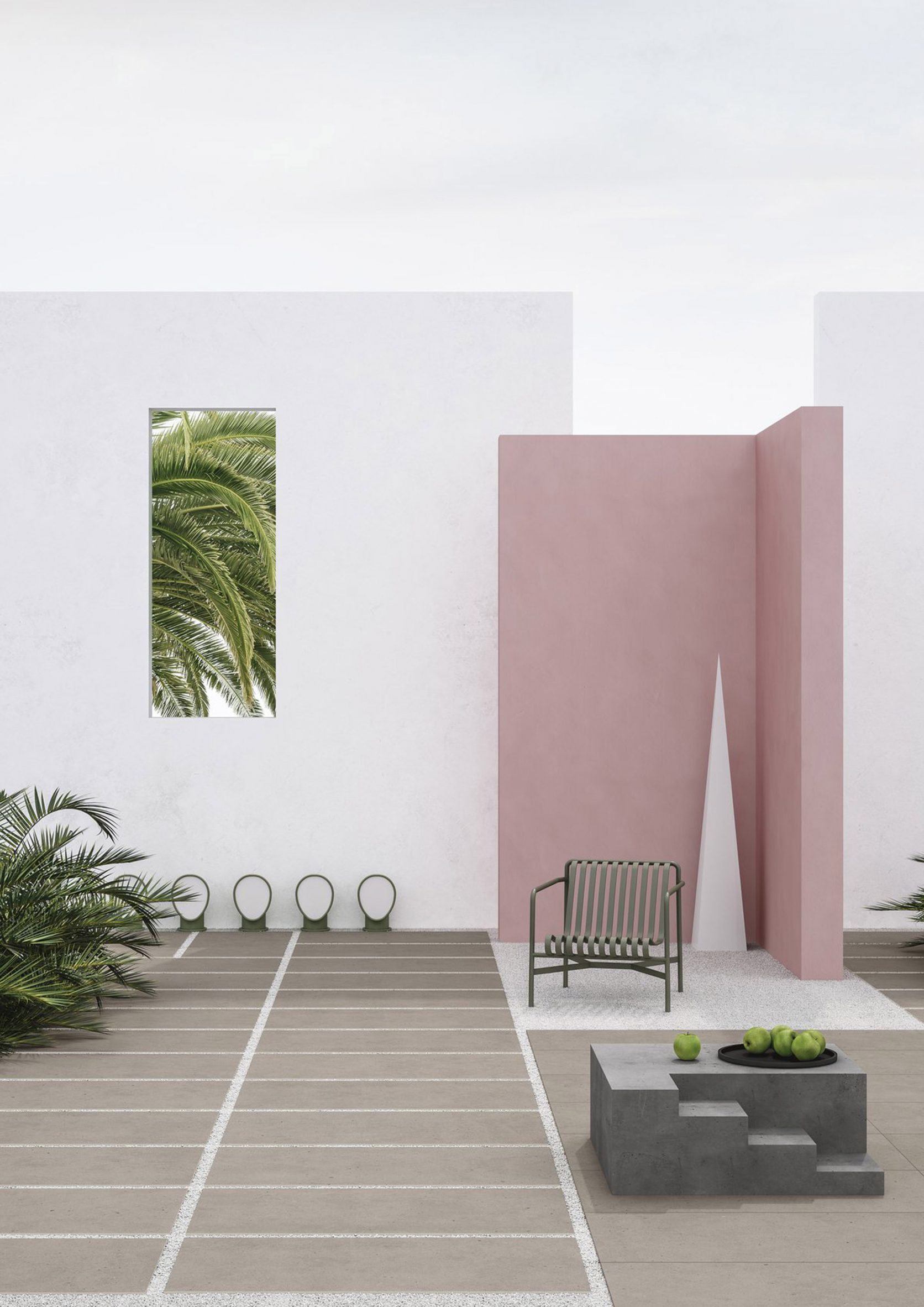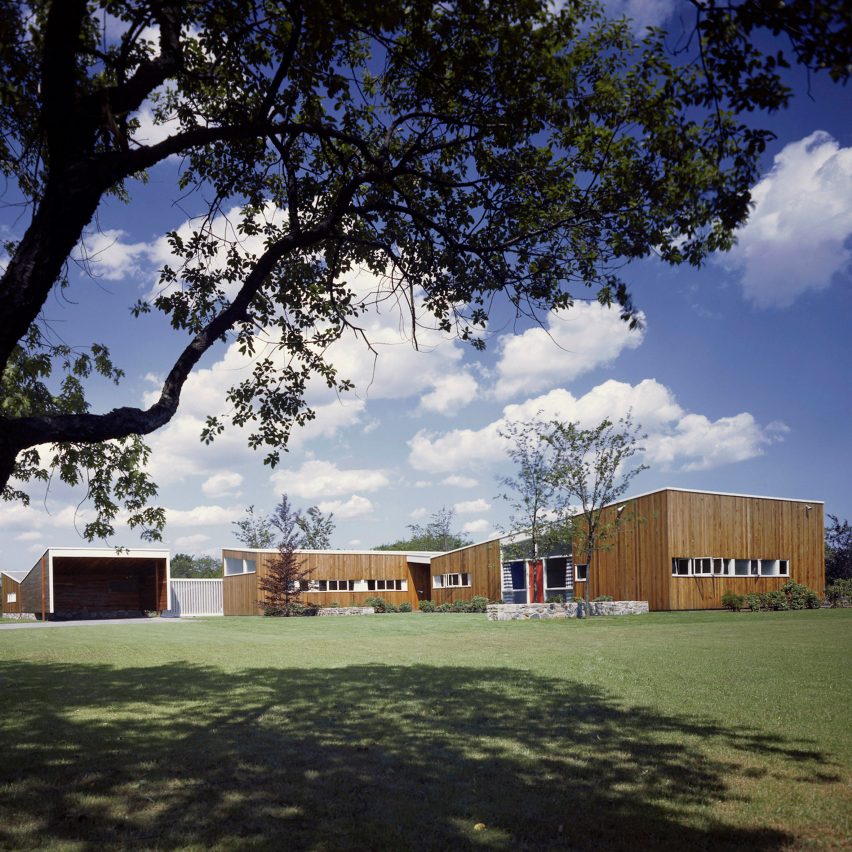
The recent lost of Marcel Breuer's Geller I house should be a wake up call to protect significant modern homes in the US, just as the demolition of Penn Station kicked off the preservation movement in New York, says Liz Waytkus.
The demolition of Marcel Breuer's Geller I house last week is a tragedy that should never have been allowed to happen. Designed in 1945 by the former Bauhaus master it was one of the most important 20th-century homes in the United States.
But despite its international significance and eligibility to be listed on state and national registers, it is now gone. Demolished in the dead of night following pleas to the owners and local municipalities to give us time to find a preservation solution.
As late as last December the owners assured me on the phone that they considered the house to be a "masterpiece", and they had no plans to develop it for the next few years. While I took them at their word, it was clear the house was in danger.
Geller I captured the shifting taste for modernism
The house might not have impressed the neighbours but it put Breuer on the proverbial design map. The home showcased Breuer's talent in combining lush materials typical in New England residential design with new forms and new ideas of modern family life.
As his first realized binuclear house, separating living from sleeping spaces, Geller I captured the shifting taste for modernism. Isabelle Hyman writes in her monograph, Marcel Breuer, Architect: The Career and the Buildings, "A generation of American architects was educated about 'humanistic' modernism through the impact of Breuer's first postwar houses."
Geller I was not cold and rigid like earlier examples and it expressed his interest in warm materials, distinctive and expressive forms that likely became the inspiration for a generation of architects.
It also was a significant moment for the designer allowing him to pivot from working with his mentor and Bauhaus founder Walter Gropius to leading his own studio in New York. There he would go on to design more than fifty homes as well as some of the 20th century's some most important and influential buildings including the UNESCO Headquarters in Paris and New York's original Whitney Museum of American Art.
It is a far from perfect, patchy system of preservation
Geller I was not a recently discovered gem by an unknown architect. It's significance was identified more than forty years ago in 1981 when one of New York's oldest preservation groups, the Society for the Preservation of Long Island Antiquities (now Preservation Long Island), were provided federal funds through the State Historic Preservation Office to perform some of the original rounds of cultural resource surveys initiated by the National Historic Preservation Act of 1966.
These federal funds, no longer available today, were critical in the identification of the most important sites to be added to the newly created National Register of Historic Places.
Their work and the work of local and regional preservation organizations across the country continues to be critical to the process of identifying significant properties and engaging with local municipalities to support local or regional laws.
In the United States, local preservation ordinances typically have more robust measures of protection than the federal and state laws. It is a far from perfect, patchy system of preservation.
In the case of Geller I, the Incorporated Village of Lawrence, New York, had no local preservation ordinance. Which is why when our coalition of advocates learned of the potential demolition, we filed a landmarks application with the Town of Hempstead (of which Lawrence is part) which does have such an ordinance.
Unfortunately, Lawrence had no obligation to respond to the Hempstead's letter requesting a landmarking review and it remains unclear if the local officials were aware that the house was eligible for the National Register.
The destruction of Geller I feels like the Penn Station moment for historic modern homes
Sites on the National Register only trigger flags when state or federal funding or permitting is involved, or because of environmental reviews. The state government will not step in if projects are developed with private money and there is no state or federal reason for oversight. Without such a trigger, local officials in Lawrence went by what they knew, and no doubt believed they did their due diligence until they received my call.
I believe it is essential that we preserve the most significant parts of our architectural and cultural heritage. How are we to know and learn from our history if we do not have laws or mechanisms in place to help protect historic resources?
For major structures in large cities, the failed campaign to save New York's Penn Station is now engrained in our society and is the apt cautionary tale whenever a significant site is endangered. The unnecessary destruction of Breuer's Geller I house feels like the Penn Station moment for historic modern homes.
Penn Station and the brave individuals who championed that cause, helped our country develop initial tools to identify and place protections on such resources. And while state and federal designations are wonderful at providing tax credits to entities restoring and reusing our historic fabric, these laws do almost nothing to protect historic resources including internationally recognized architect-designed homes.
There are limited options for protecting significant modern homes
There are limited options for protecting significant modern homes. Adding a house to the local list of historic places is the first and often best option. Municipalities with a preservation ordinance have committees who meet regularly to approve such additions and are the body to act when an owner submits plans to alter a designated house.
Without a local ordinance, the only option may be to create a preservation easement for the individual house. As my colleagues at the Preservation League of New York State have laid out, easements are complicated and real estate lawyers are not cheap. But for those with the means and the motivation, an easement is the way to go. Adding houses to the National Register of Historic Places offers some protection and robust tax benefits for the owner, but nominations are also cost prohibitive and lengthy.
What the Geller I demolition has made clear is that we need better laws in general and new opportunities to help protect smaller projects and homes. The laws in place encourage and reward good stewards through tax credits but perhaps we need to be working with the National Trust for Historic Preservation and our State Historic Preservation Offices to develop an additional pot of money and a list of consultants to work on National Register nominations for endangered properties?
A small tax on construction could feed such pots of money locally and could be managed by the municipalities in which they serve.
My organization, Docomomo US, started the Advocacy Fund just last year where funds go directly to support critical advocacy efforts and endangered sites like the Breuer-designed home.
We need to do more if we are to avoid historic sites from being worth less than the land they sit on
Modern homes and indeed homes in general are bulldozed every day. The best protection for historic resources are local preservation ordinances. In New York State, only 19 per cent of all municipalities have such an ordinance. The New York State Historic Preservation Office has resources on the legal aspects of different types of local preservation laws and can direct local governments to National Park Service programs that offer communities grant making programs to promote preservation initiatives.
Let Breuer's Geller I live on by becoming its own cautionary tale so that the significance of its demolition was not in vein. Let it be to homes, what New York's Penn Station is to public architecture.
You can help avoid this from happening again by supporting and strengthening the work of your local or regional preservation organisation and by encouraging your local community to consider enacting a local preservation law.
We need to do more if we are to avoid historic sites from being worth less than the land they sit on. The aftermath of this demolition is the moment to act.
The photography is by Ezra Stoller /Esto.
Liz Waytkus is the executive director of Docomomo US and has worked in the non-profit cultural and educational fields for two decades.
The post "The destruction of Breuer's Geller house feels like the Penn Station moment for modern homes" appeared first on Dezeen.
from Dezeen https://ift.tt/3CVQHlh
